Are you a real history buff and are you looking for the best history museums to visit in Valencian Community? These are the ones:
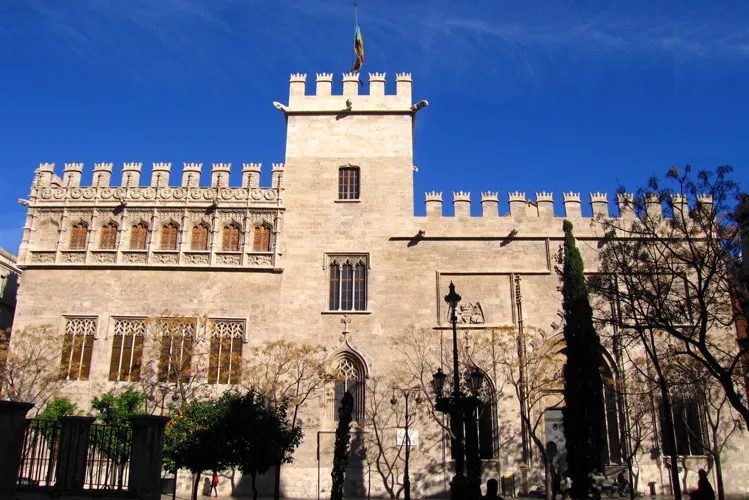
The Silk Exchange
ValenciaThe Silk Exchange, also known as Lonja de la Seda or Llotja de la Seda, is a significant historical building in Valencia, Spain. It showcases the late Valencian Gothic architectural style, making it a unique attraction for those interested in history and architecture.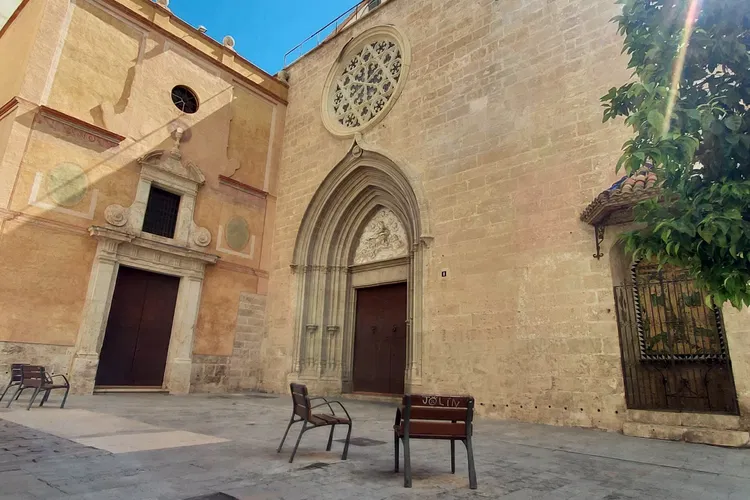
Church of San Nicolás
ValenciaThe Church of St. Nicholas and Peter, also known as the 'Sistine Chapel of Valencia', is one of the city's main attractions. Located in the El Carmen district in the historical center of Valencia, the church is renowned for its ceiling paintings. However, due to its location, it can be somewhat difficult for visitors to find as it is largely surrounded by other buildings.
Castillo de Santa Bárbara - Museo de la Ciudad de Alicante
AlicanteCastillo de Santa Bárbara (The castle of Santa Bárbara) is a castle in Alicante, on Mount Benacantil, a rocky mass with a height of 167 meters that borders the sea and from which you can see the entire bay of Alicante and its terrestrial surroundings, giving it a big strategic advantage. The Museo d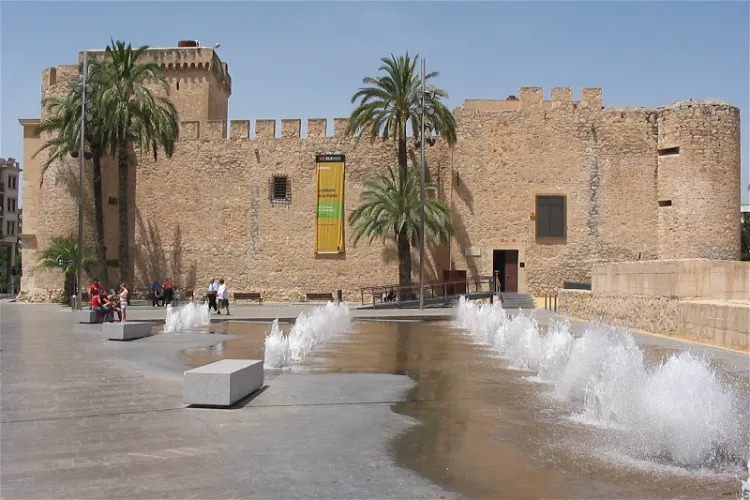
Altamira Palace
ElcheThe Altamira Palace, also known as Alcázar de la Señoría, is a historic building that holds a significant place in the heart of the Spanish city of Elche. It is conveniently located on the banks of the Vinalopó River, making it easily accessible for tourists.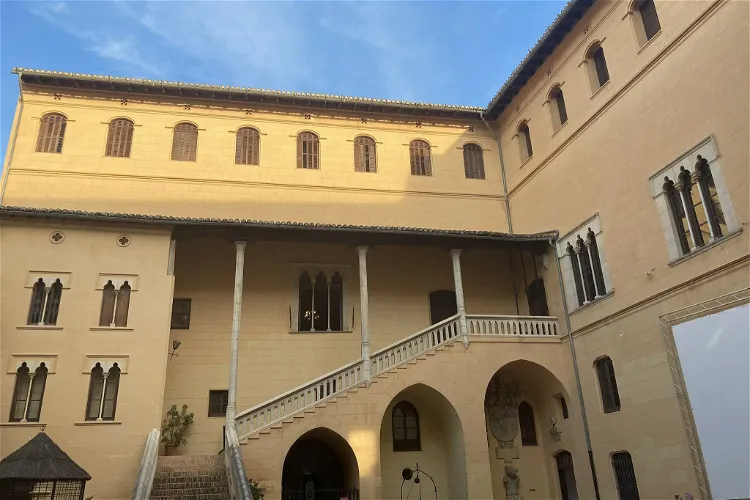
Ducal Palace of Gandia
GandíaThe Ducal Palace of Gandía, a significant monument in the city of Gandía, has seen numerous restorations over the years. This important example of Valencian civil Gothic architecture is a testament to the city's rich history and cultural heritage.- 6
Silk Museum Valencia
Valencia 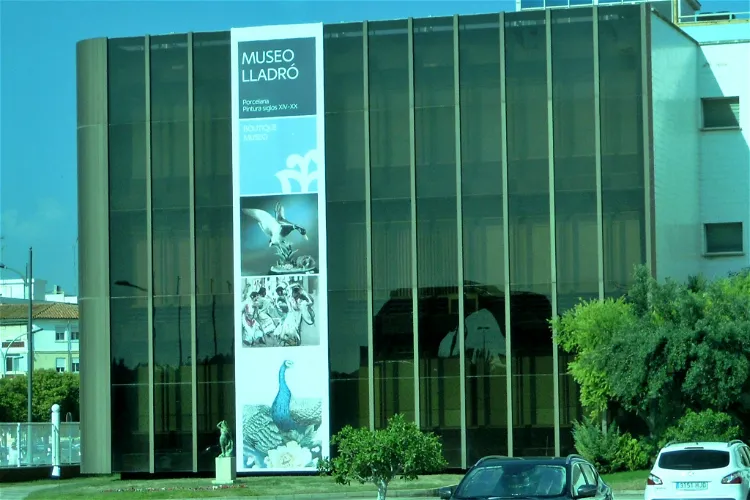
Lladró Museum
Tabernes BlanquesThe Lladró Museum, located in the town of Tabernes Blanques in Valencia, Spain, is a private institution owned by the renowned decorative porcelain firm, Lladró. This museum is a significant destination for those interested in the art of porcelain making and the history of the Lladró brand.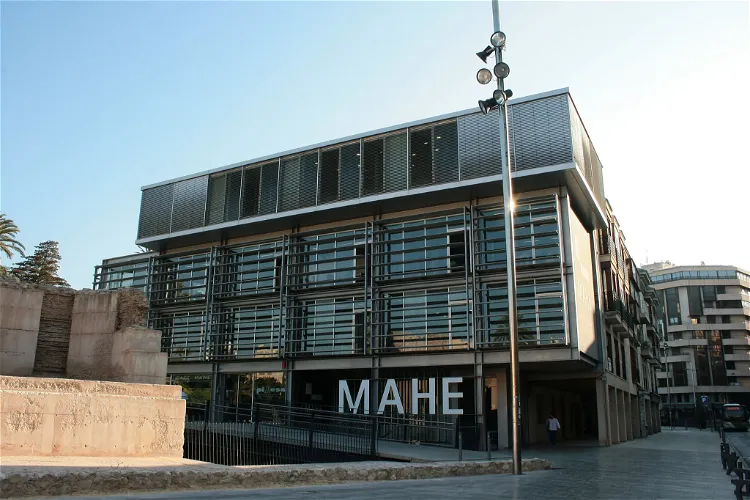
Museo Arqueológico y de Historia de Elche
ElcheThe Museo Arqueológico y de Historia de Elche (MAHE) is an archaeological museum situated in the Spanish city of Elche, within the province of Alicante. It is a significant regional archaeological reference point, offering a comprehensive overview of the city's various historical stages.
Museo Arqueológico Provincial de Alicante
AlicanteThe Archaeological Museum of Alicante (Museo Arqueológico Provincial de Alicante, MARQ) is an archaeological museum in Alicante with eight galleries that use multimedia to allow visitors to interact with the lives of past residents of Alicante and its region. The museum has a room of prehistory, of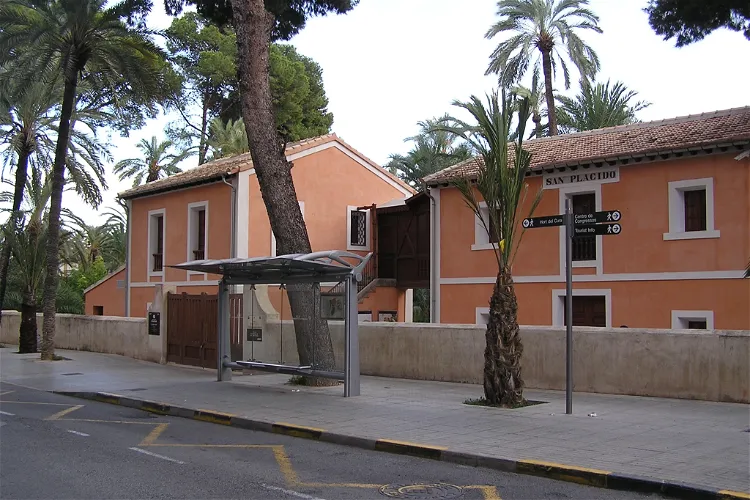
Museo del Palmeral
ElcheThe Palmeral Museum is situated in the city of Elche, in the province of Alicante, Spain. It is nestled within the Palmeral of Elche, a palm grove that was declared a World Heritage Site in 2000. The museum is housed in a traditional 19th-century house in the Huerto de San Plácido.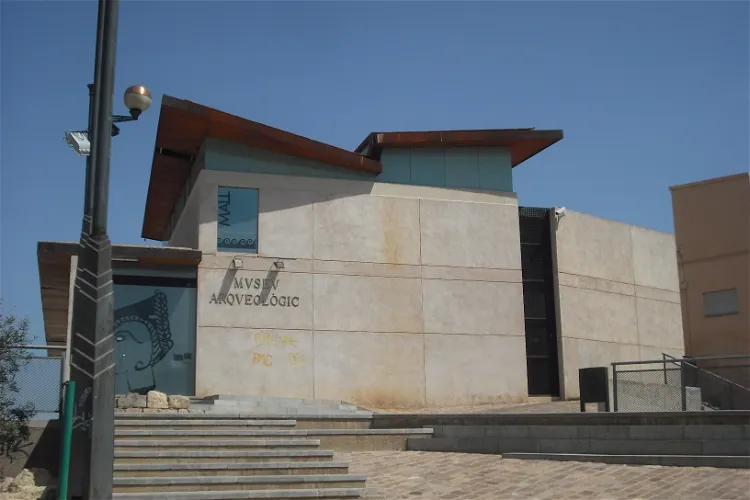
Llíria Archaeological Museum
LiriaThe Llíria Archaeological Museum plays a crucial role in the conservation, protection, and dissemination of archaeological artifacts recovered from the Campo de Turia. The museum's mission is to help recover and understand the historical past of Liria and its surrounding region through these artifacts.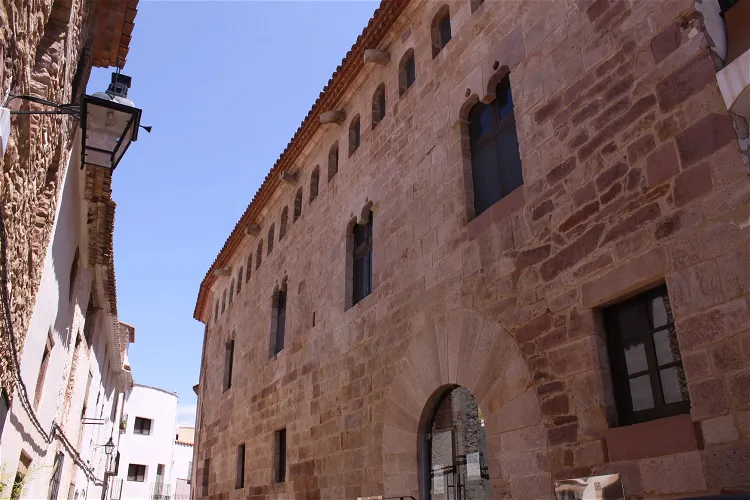
Museo de Arte Contemporáneo de Villafamés
VilafamésThe Museo de Arte Contemporáneo "Vicente Aguilera Cerni" de Villafamés is housed in the Palacio del Batlle. This civil Gothic palace was constructed in the mid-15th century and underwent renovations in the 18th century. The museum's location in this historic building adds a unique charm and historical context to the contemporary art pieces it houses.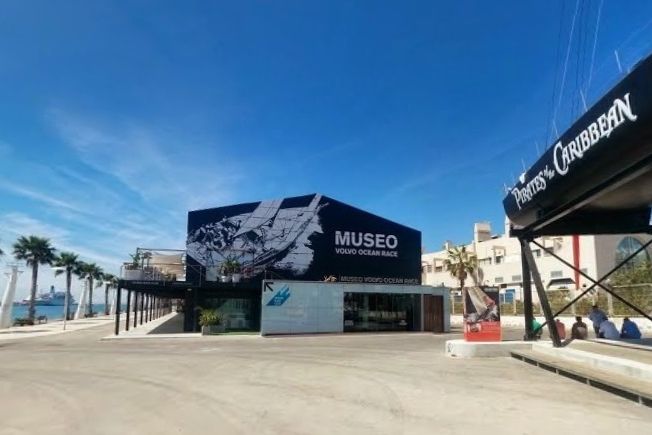
Volvo Ocean Race Museum
AlicanteThe museum of the Volvo Ocean Race (Museo Volvo Ocean Race) is a sports museum in Alicante that is dedicated to the Volvo Ocean Race sailing regatta. The museum occupies 1,300 square meters of the Old Maritime Station of Oran, in the Port of the city and has two floors. It is an interactive place wh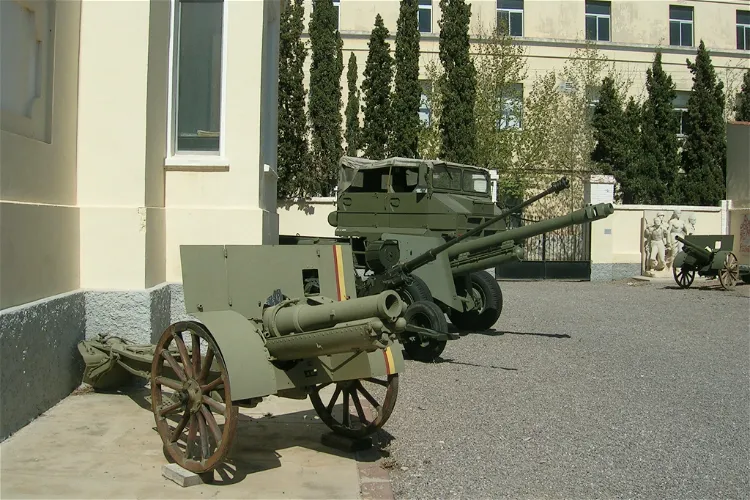
Military History Museum
Castelló de la Plana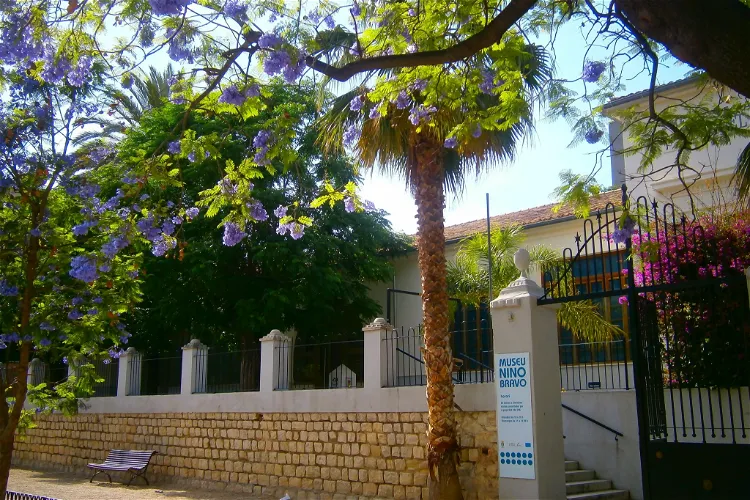
Nino Bravo Museum
Ayelo de Malferit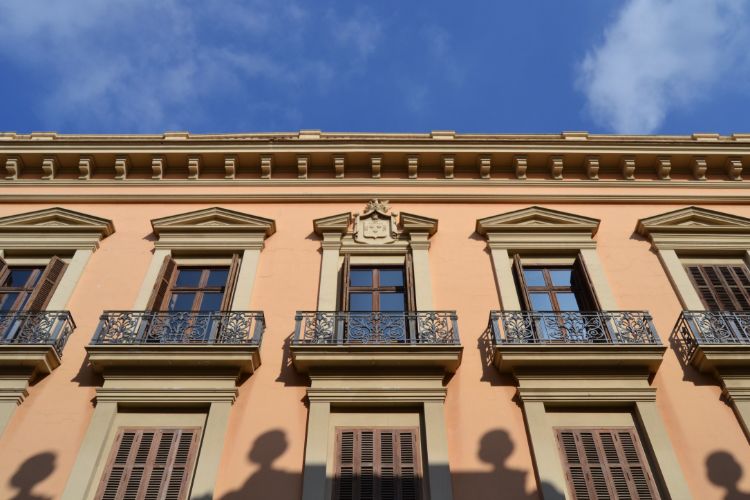
L'Iber Museo de los Soldaditos de Plomo
ValenciaL'Iber Museo de los Soldaditos de Plomo is a museum in Valencia that is housed in the palace of Malferit, a manor house of the late 14th and early 15th century. The collection the museum holds consists of more one million pieces of lead soldiers, which makes it the largest and most comprehensive mus
Footwear Museum
EldaThe Footwear Museum Jos Mar a Amat Amer, situated in the city of Elda, Alicante, Spain, is one of the primary museums in Europe dedicated to the theme of footwear. It offers a unique insight into the history and production of shoes, making it a fascinating destination for those interested in fashion, history, or industry.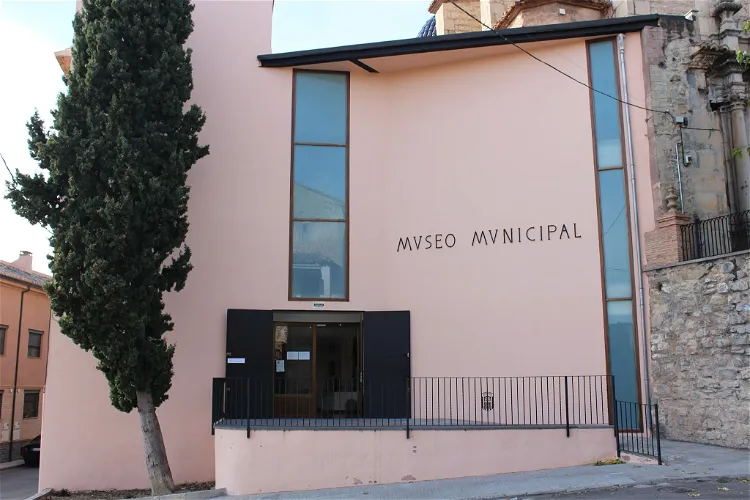
Museo Municipal de Jérica
JéricaThe Museo Municipal de Jérica has received several recognitions over the years. In 1962, it was declared a National Historic Artistic Monument. Later, on February 22, 1996, it was recognized as a permanent museum collection. In 2004, it was declared a Cultural Interest Property, further emphasizing its importance in preserving and showcasing local heritage.
Ceramic Museum of Manises
ManisesThe Ceramic Museum of Manises (MCM) is a public ethnological museum that is owned by the Manises City Council. The museum primarily focuses on ceramics from Manises, specifically those from the 14th to the 20th centuries. Additionally, the museum also showcases contemporary creative ceramics, which are obtained from the winners of the National Ceramic Competition of Manises.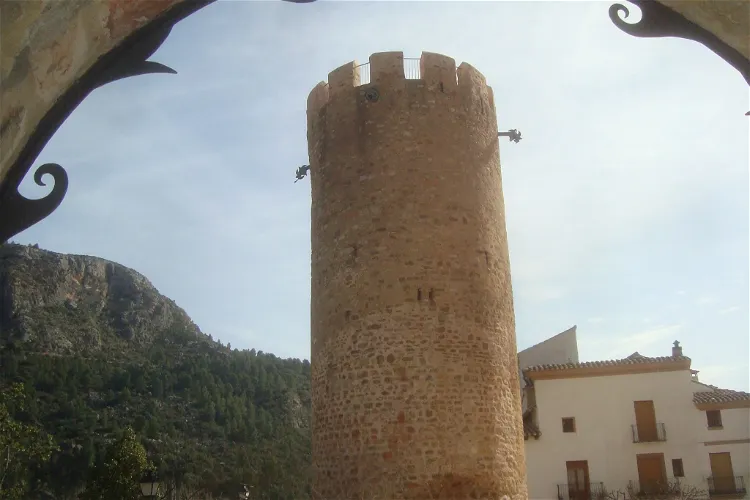
Torre Redonda
ArgelitaThe Torre Redonda de Argelita is situated in the urban area of the town, right in the center of the Church square. It is adjacent to the remains of the Palace of Abú Zayd. This location makes it easily accessible and a central point of interest for tourists visiting the town.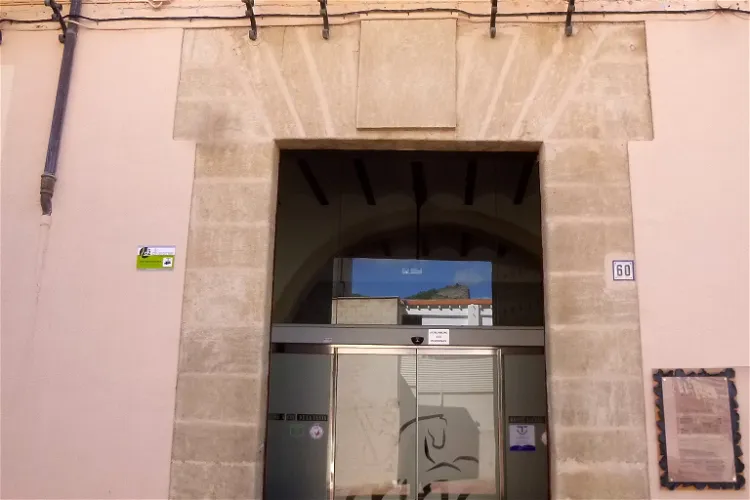
Museu Alcoià de la Festa
Alcoy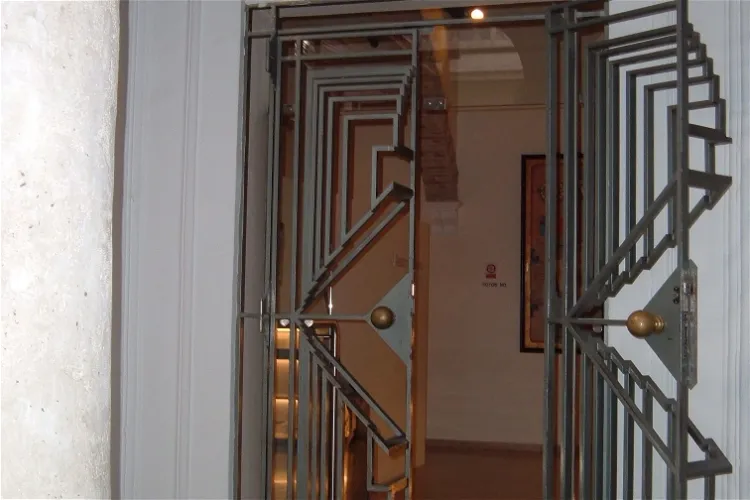
Municipal Archaeological Museum of Villena
VillenaThe Municipal Archaeological Museum of Villena, also known as the José María Soler Archaeological Museum, is housed in the Town Hall, a Renaissance building dating back to the early 16th century. This location adds a historical charm to the museum, making it a unique place to explore the rich archaeological findings of the region.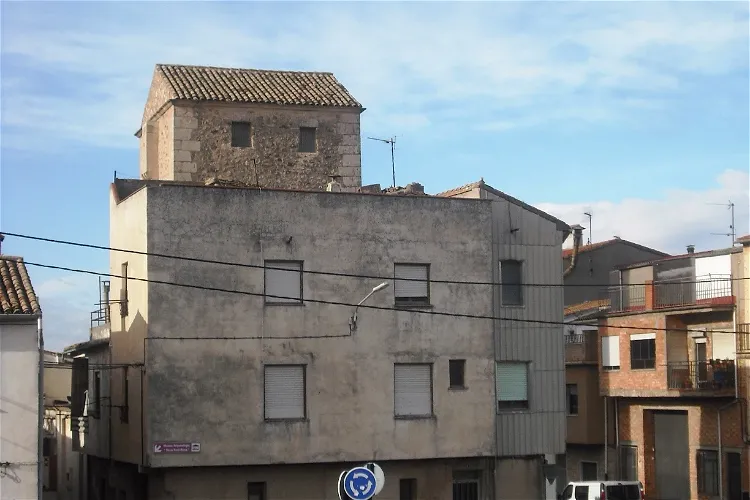
Archaeological Museum of the Tower of Font Bona
BañeresBetween 1991 and 1997, the Tower of Font Bona underwent extensive restoration. Today, it houses the Municipal Archaeological Museum, which showcases findings from numerous archaeological sites in the municipality since the 1960s.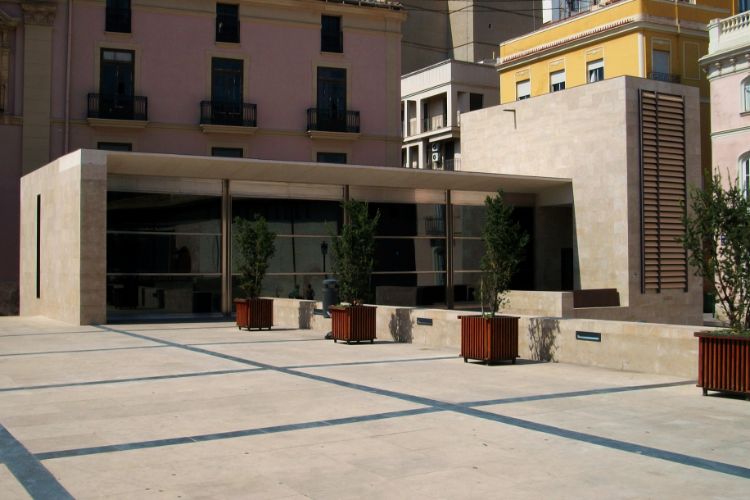
Centro arqueológico Almoina
ValenciaThe Centro arqueológico Almoina (Archaeological Center of l'Almoina) also named Museo de la Almoina/the Almoina Museum, is an archaeological museum in Valencia located at the old Roman square of Tenth June Gross. The archaeological remains that are displayed here came to light in 1985 on the site. T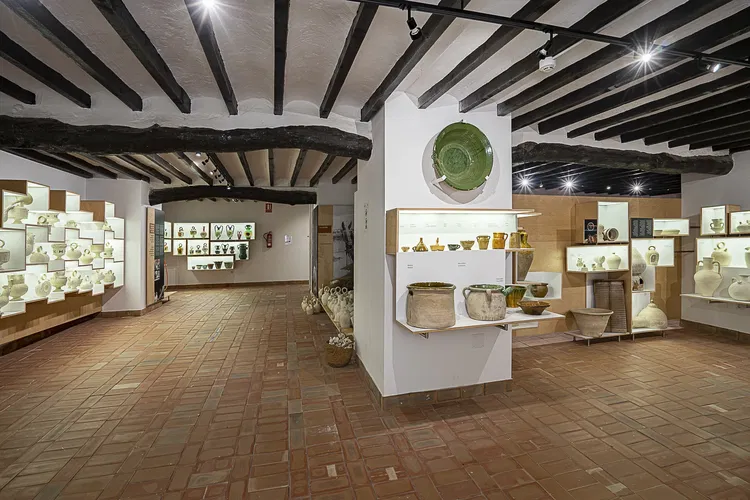
Agost Pottery Museum
AgostThe Museo de Alfarería in Agost, Alicante, Spain, has a rich history that dates back to 1981. It was established by German ethnologist Ilse Schütz, who owned and directed it for 19 years. In March 2000, the Agost City Council took over the personnel and maintenance costs of the museum, ensuring its continued operation and preservation.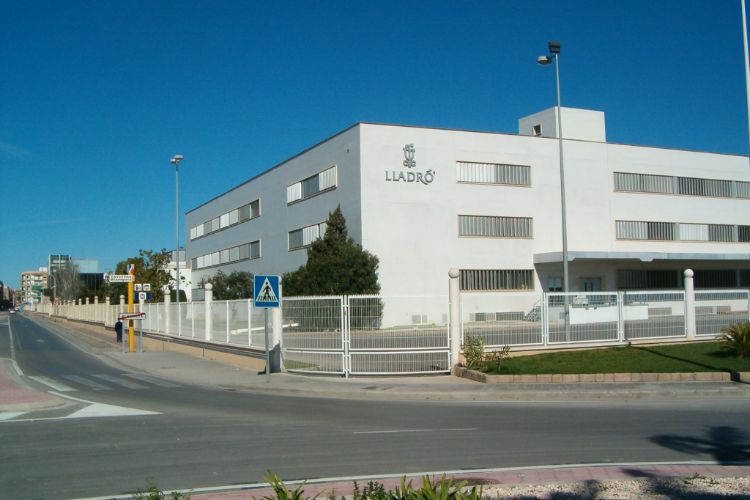
The Lladró Museum
ValenciaThe Lladró Museum is the private center that belongs to the well-known decorative porcelain firm Lladró. The museum has two permanent exhibits, the Historic Porcelain Museum and the Painting Collection. The Lladró Historical porcelain collection consists of pieces that are already removed from the c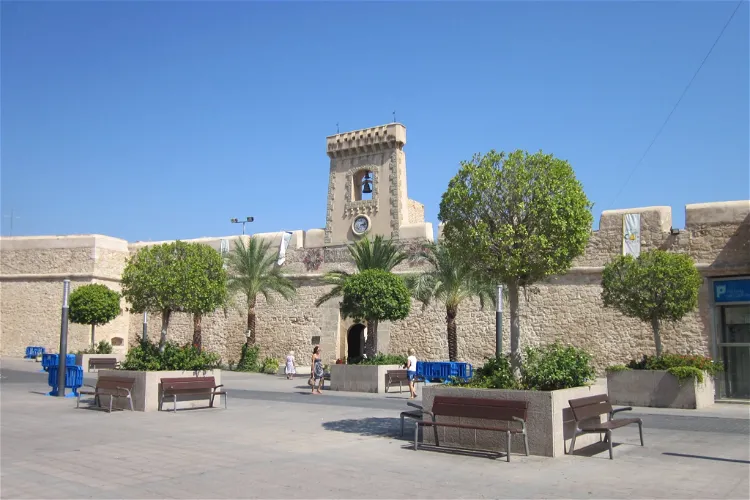
Santa Pola Sea Museum
Santa PolaThe Museo del Mar, located in the coastal town of Santa Pola on the Costa Blanca, is a public fishing and maritime museum. Santa Pola is recognized as one of the most important fishing ports on the Spanish Mediterranean coast, making the museum a significant site for understanding the region's maritime history and culture.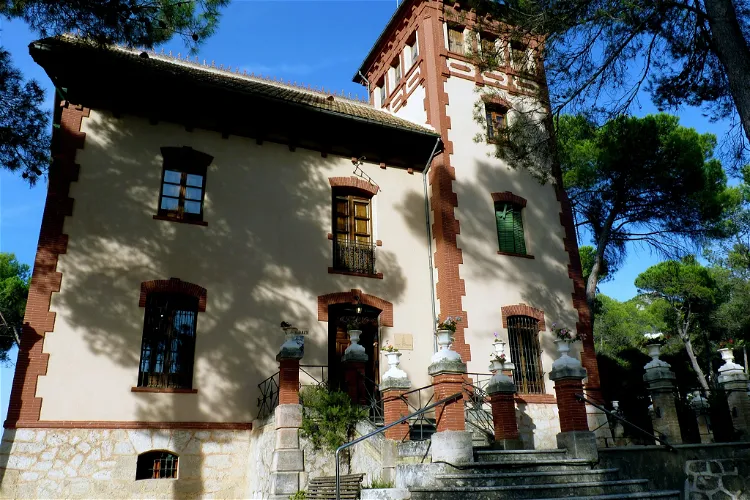
Valencian Paper Museum
BañeresThe Valencian Paper Museum, also known as Museo Valenciano del Papel, is a public museum situated in the city of Banyeres de Mariola, within the province of Alicante in the Valencian Community. This museum offers a unique insight into the history and process of papermaking, making it an interesting destination for those interested in history, industry, and craftsmanship.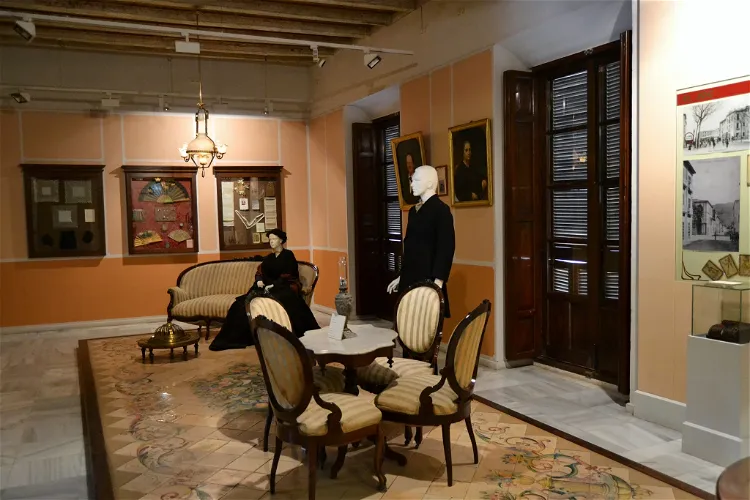
Ethnological Museum
DeniaThe Ethnological Museum of Denia is situated in the vibrant city of Denia, nestled within the province of Alicante in the Valencian Community, Spain. This location offers visitors a chance to explore the rich cultural heritage of the region while enjoying the scenic beauty of the city.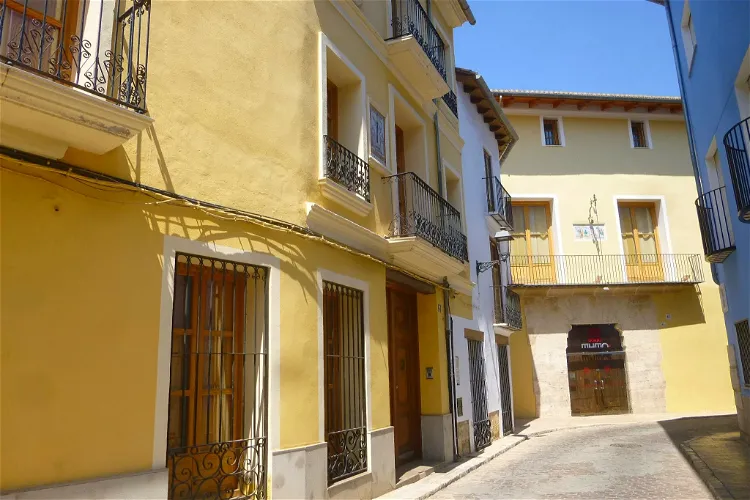
Municipal Museum
AlciraThe Municipal Museum of Alcira (MUMA) is a significant institution that gathers and presents the history of the city of Alcira and the Ribera Alta region. It provides a comprehensive overview of the area's past, making it an informative destination for tourists interested in local history and culture.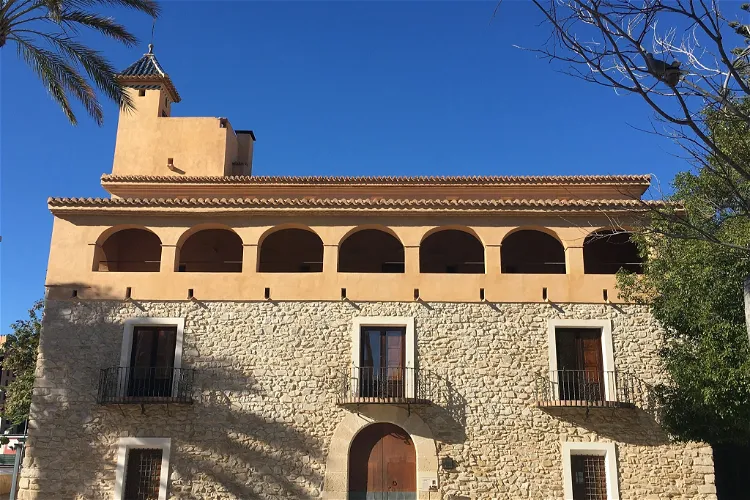
Casa Museo la Barbera dels Aragonés
VillajoyosaThe Casa Museo La Barbera dels Aragonés in Villajoyosa, Alicante, has a rich history dating back to the Late Middle Ages. The house belonged to the Aragonés family, who were influential landowners and held significant political and military positions until the 19th century. This historical context provides a unique insight into the lives of the Spanish nobility during this period.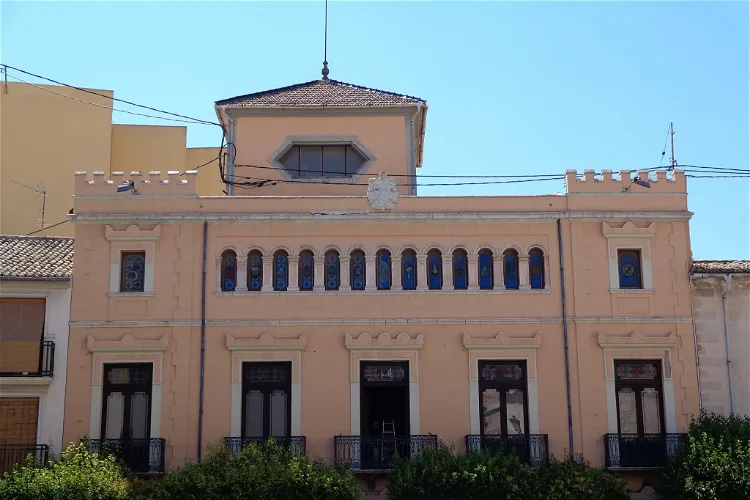
Museo Festero
VillenaEl Museo Festero is situated in the 'Casa del Festero', in the Santiago square of Villena, a province of Alicante, Spain. The museum was inaugurated in 1981 and gained official recognition in 1996. This information is crucial for tourists who are interested in the history and culture of the region.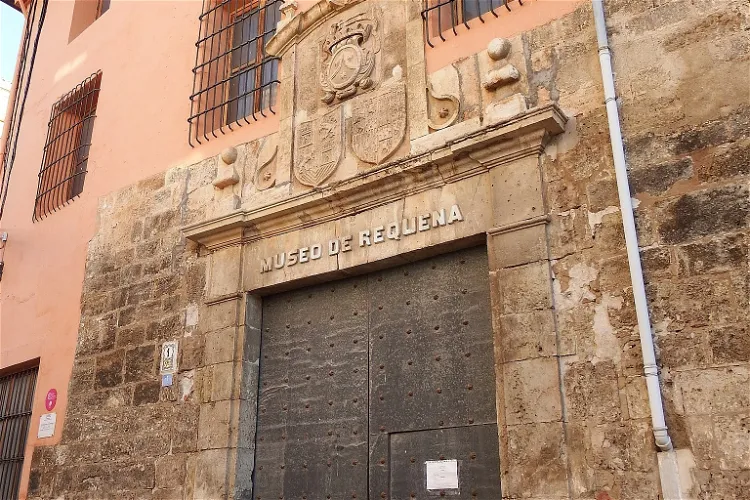
Municipal Museum of Requena
RequenaThe Municipal Museum of Requena, established in 1968, is housed in the historic convent of El Carmen. This location adds a layer of historical significance to the museum, making it a fascinating destination for those interested in the rich past of the region.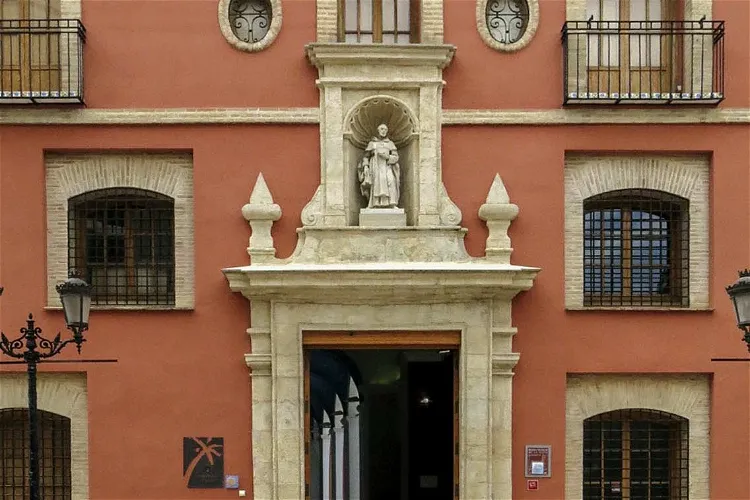
Museu Valencià de la Festa
Algemesí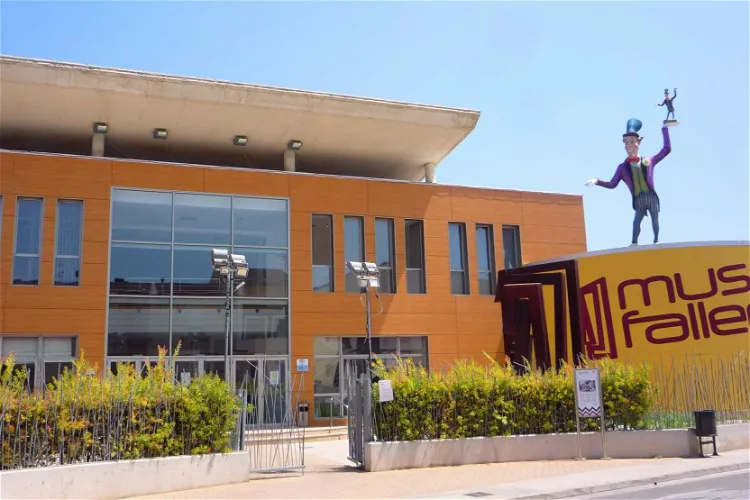
Faller Museum of Gandia
GandíaThe Faller Museum of Gandia, located in Valencia, is a unique institution dedicated to the interpretation of the Fallas festival. This museum provides an in-depth understanding of this traditional celebration, emphasizing the city of Gandia but not limited to it. It offers a general historical overview of the festival's origin and covers all aspects surrounding the Fallas activity, such as traditional clothing, pyrotechnics, Fallas literature, traditional music, and the monuments associated with the festival.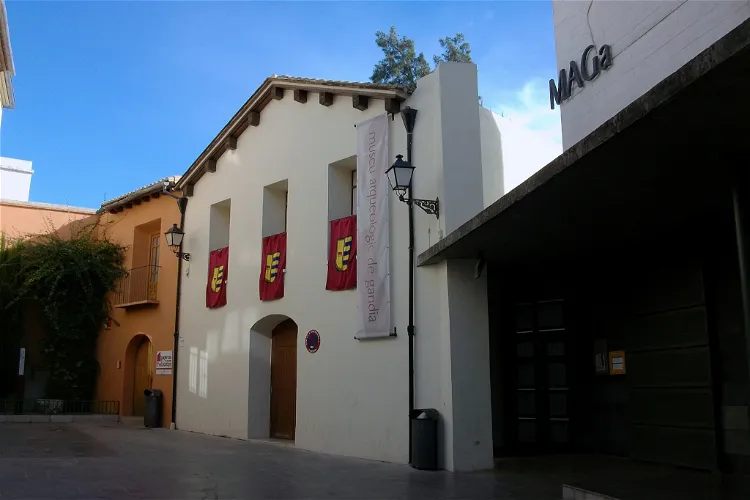
Archaeological Museum of Gandia
GandíaThe Archaeological Museum of Gandia is a significant cultural institution located in the city of Gandia, within the Valencian Community of Spain. It serves as a repository for the archaeological heritage of the Safor region, making it a valuable destination for those interested in history and archaeology.
Archäologisches Museum von Ontinyent und Albaida
Onteniente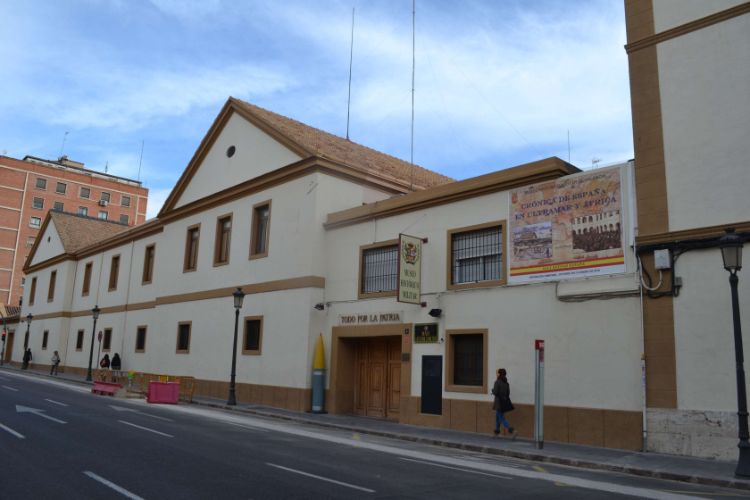
Museo Histórico Militar de Valencia
ValenciaThe Military History Museum in Valencia (Museo Histórico Militar de Valencia) is a museum that holds a collection of weapons, various objects and testimonies related to the history of the Spanish military. The ground floor of the museum features the weaponry that was used during the Civil War (1936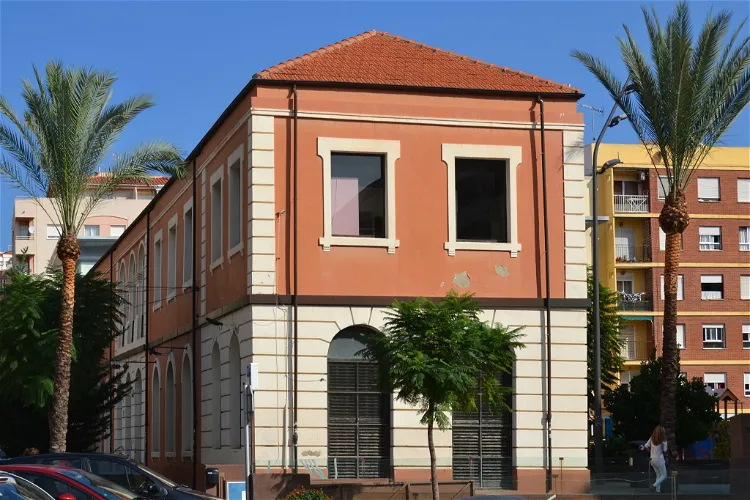
Toy Museum
Denia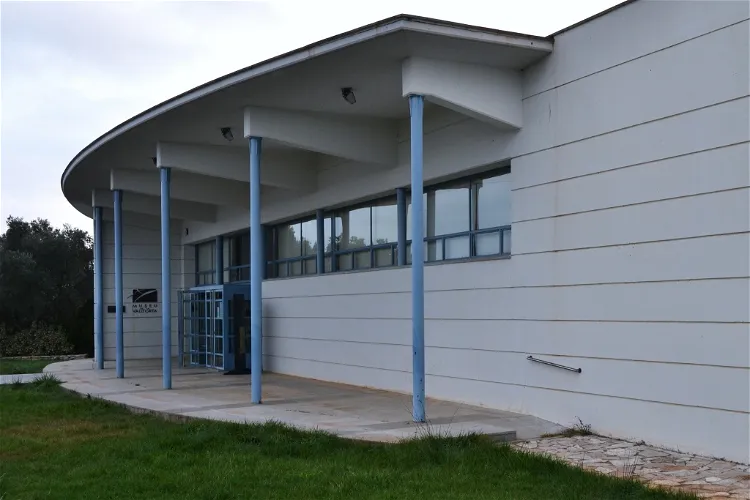
Valltorta Museum
TírigThe Valltorta Museum, officially known as Museu de la Valltorta in Valencian, is situated in the town of Tírig. It was established in 1994 by the Valencian Government with the aim of conserving, studying, and disseminating the rock art of the Valencian Community. The museum building was designed by architects Miguel del Rey Aynat and Íñigo Magro de Orbe and is located in the Pla de l'Om area, within the municipal boundaries of Tírig, Castellón Province, Spain.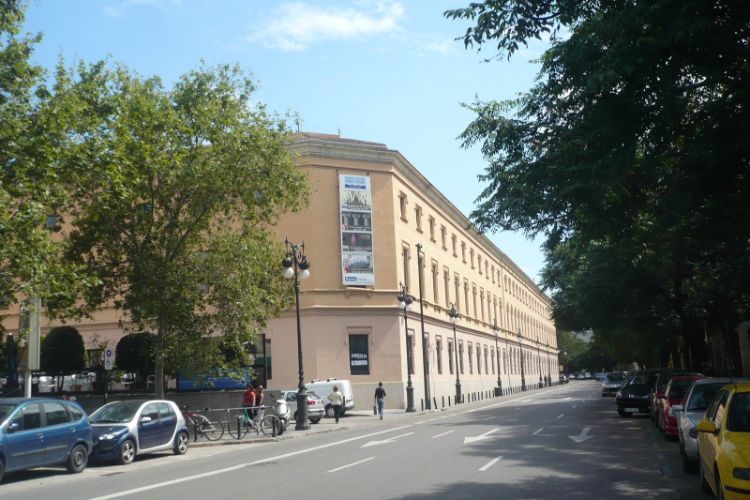
Museu de Prehistoria de Valencia
ValenciaThe Prehistory Museum of Valencia (Museu de Prehistoria de Valencia) is a history museum in Valencia that is housed in part of the old Casa de la Beneficencia, a building built in 1841. The museum exhibits archaeological materials from the Palaeolithic period to the Visigothic period. The museum fea
Museu d'Història de València
ValenciaMuseu d'Història de València (The Valencia History Museum) is housed in what once was the first reservoir of drinking water in the city. The museum is dedicated to the development of the history of Valencia. The Valencia History Museum hold archaeological, artistic and cultural municipal collection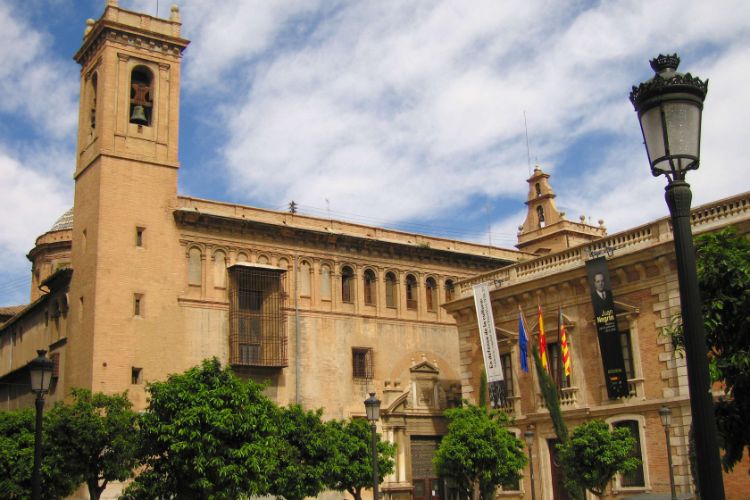
Museo del Patriarca
ValenciaThe Patriarca, Real Colegio and the Seminario del Corpus Christi are a church, a seminary and a college respectively. Work on the buildings began in 1586 and finished in 1610. The Patriarca in Valencia is a good examples of Renaissance architecture. In the Museo del Patriarca (the Musuem of the Patr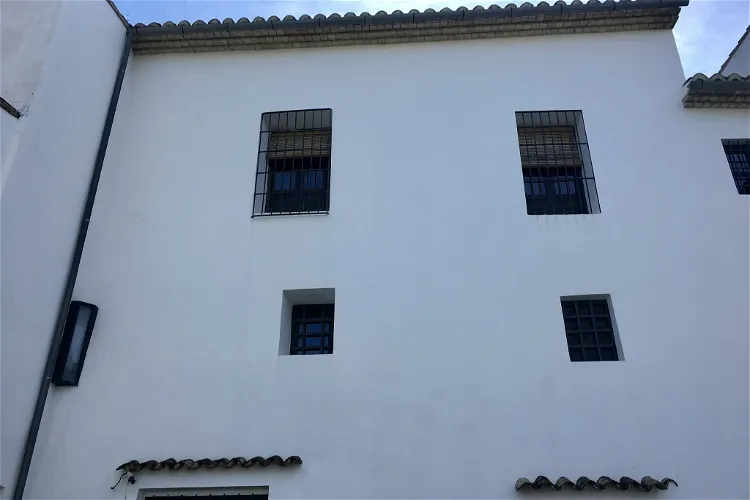
Orduña House Museum
GuadalestThe Orduña House Museum, situated in Guadalest, Alicante, Spain, is a 17th-century building. It was constructed following the devastating earthquake of 1644. This historical edifice offers a glimpse into the past, providing an understanding of the architectural style and living conditions of that era.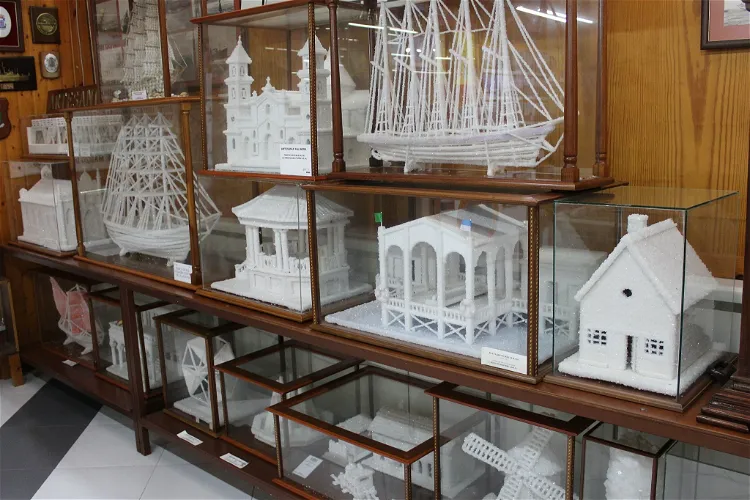
Sea and Salt Museum
TorreviejaThe Sea and Salt Museum in Torrevieja, located in the province of Alicante, Spain, is an ethnological museum that was inaugurated in 1995. It is dedicated to the maritime and salt heritage of Torrevieja, showcasing the city's rich history and culture. The museum's exhibits provide a deep insight into the city's past, making it a fascinating destination for those interested in history and culture.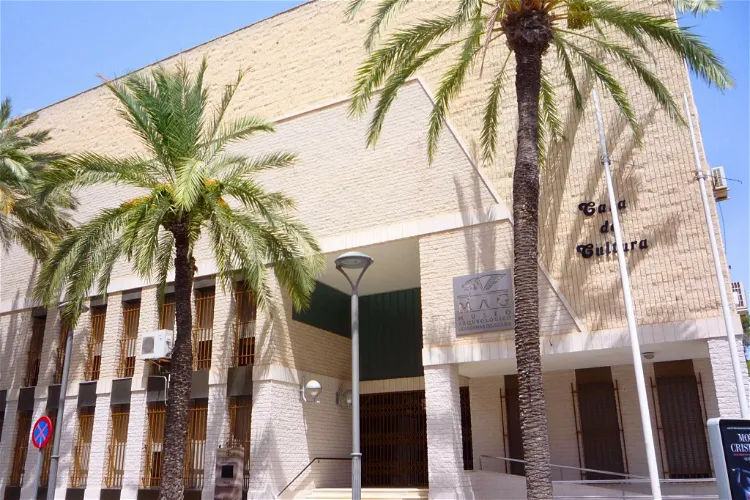
Archaeological Museum of Guardamar
Guardamar del Segura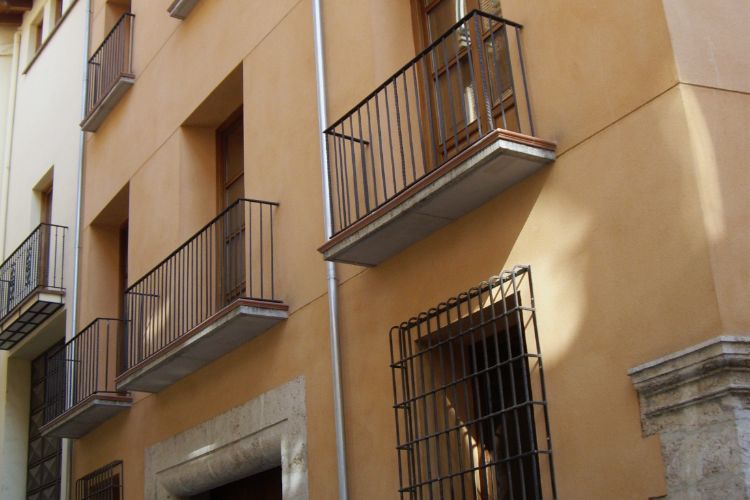
House of Rocas
ValenciaThe House of Rocas (Museo del Corpus - Casa museo de las rocas) in Valencia dates back to 1434 and was initially designed to house the special carriages (The Rocas) used as floats for the Easter and Corpus Christi processions. The history of these carriages goes back to the 15th century. The museum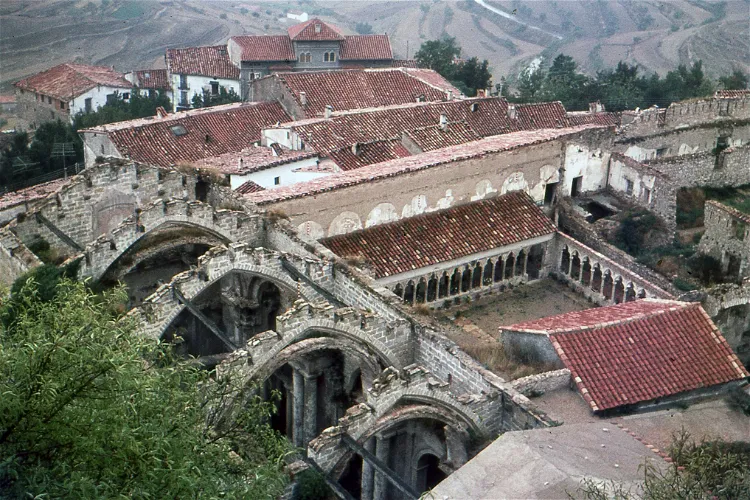
Convent of Sant Francesc
Morella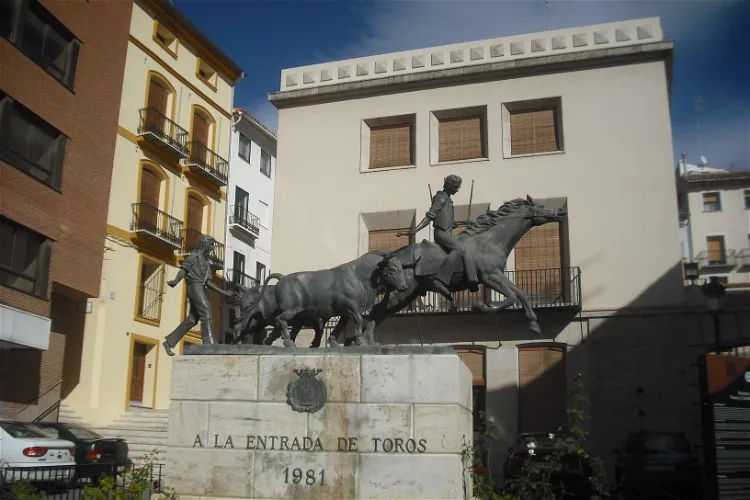
Bull and Horse Droving Interpretation Centre
Segorbe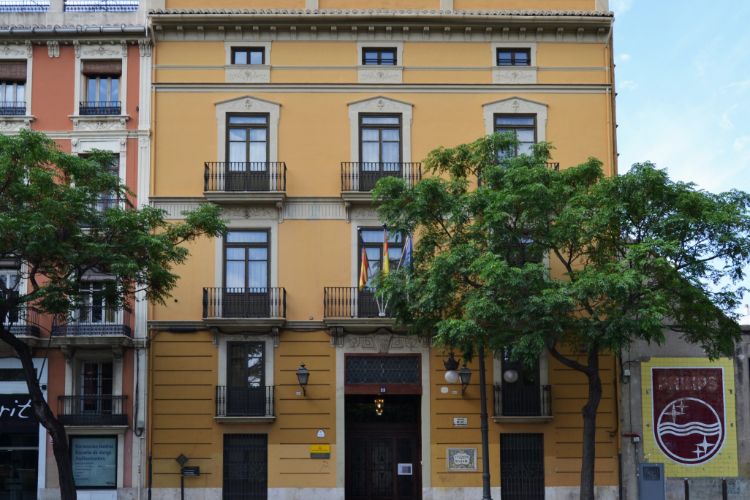
Jose Benlliure House & Museum
ValenciaThe Benlliure House-Museum (Casa-Museo José Benlliure) is a museum in Valencia that is housed in the family home of José Benlliure Gil, built in 1880. He bought the house in 1912. The museum features different domestic rooms, decorated with works by different members of the family and works of José
Torre del Mar
BurrianaLa Torre del Mar is a historical watchtower situated in the Clot de la Mare de Déu area of the Valencian town of Burriana. This tower was built in the 16th century as a part of the coastal defense system against pirate attacks. It stands 10 meters tall and consists of two floors. Inside the tower, there is a well and a manger where water and food were offered to the soldiers' horses.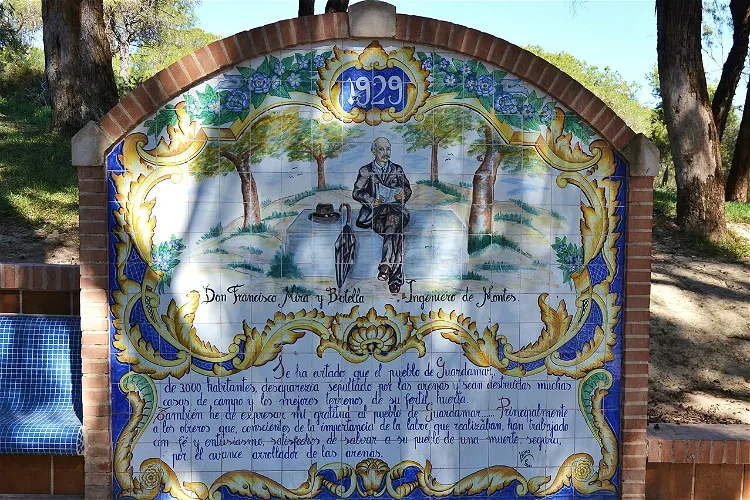
Casa Museo Ingeniero Mira
Guardamar del Segura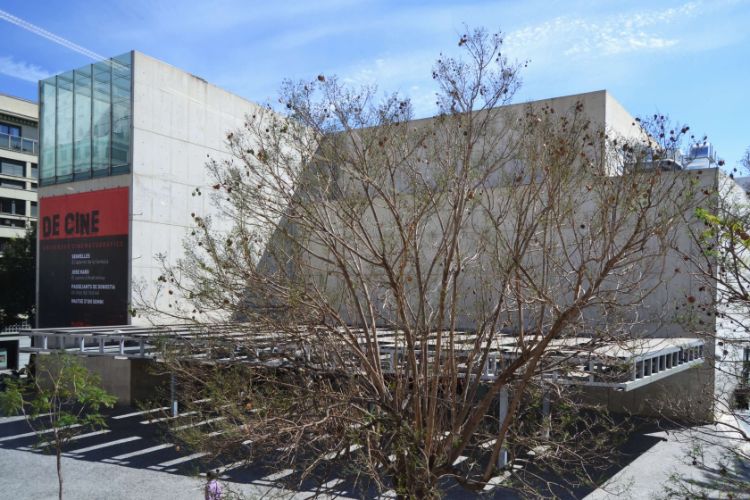
Museum of Illustration and Modernity
ValenciaMuseum of Illustration and Modernity (Museo de la Ilustraciòn y de la Modernidad) is a history museum in Valencia that offers a journey through time from the Middle Ages to modernity. As a part of the exhibition, you can see the remains of the Islamic Tower, which once stood here. To see the permane
Centre del Carme
ValenciaCentre del Carme in Valencia is housed in the old Carmen Convent and features various temporary exhibition rooms.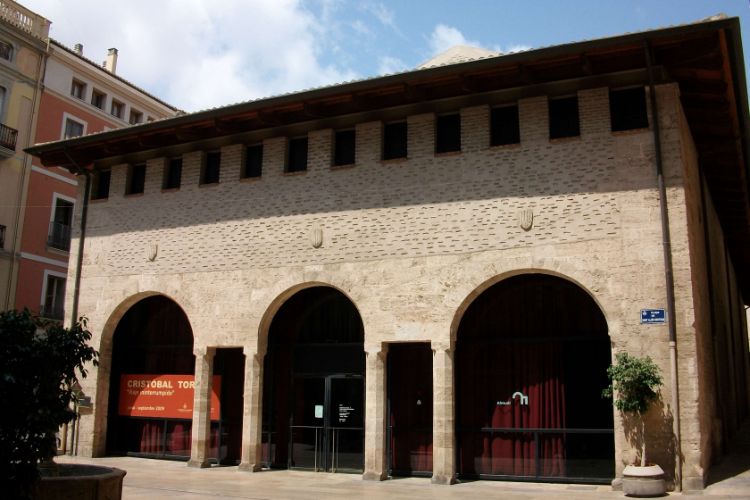
El Almudín
Valencia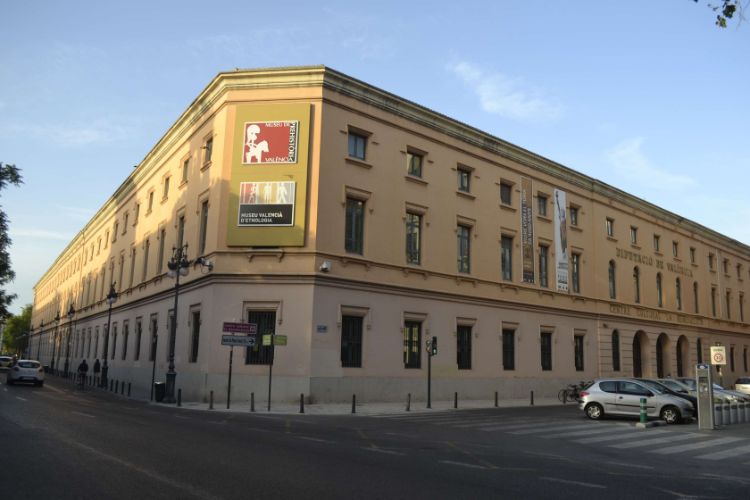
Museu Valencià d'Etnologia
ValenciaThe Valencian Museum of Ethnology (Museu Valencià d'Etnologia) is a history musuem in Valencia dedicated to ethnology and anthropology. It focuses on the cultural patterns of traditional Valencian society and its process of transition to industrialized society, as well as the general scope of cultur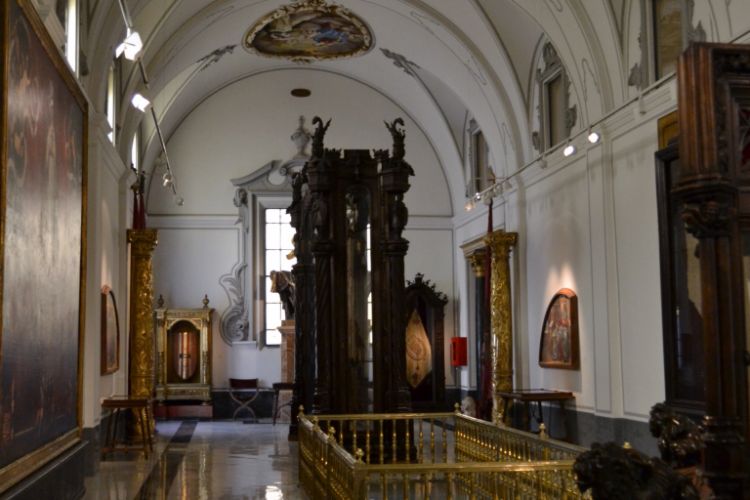
Museo Histórico Municipal de Valencia
ValenciaThe Municipal Historical Museum (Museo Histórico Municipal) in Valencia is housed in the Town Hall. The first room shows 5 panels that reflect the evolution of the city. The most famous of these is the one made by Father Tosca in 1704. The second room has a total of 46 engravings of the municipal co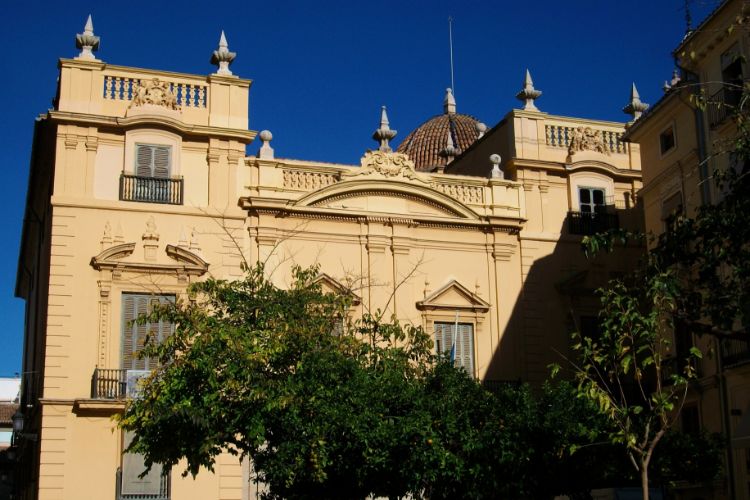
Museu de la Ciutat
Valencia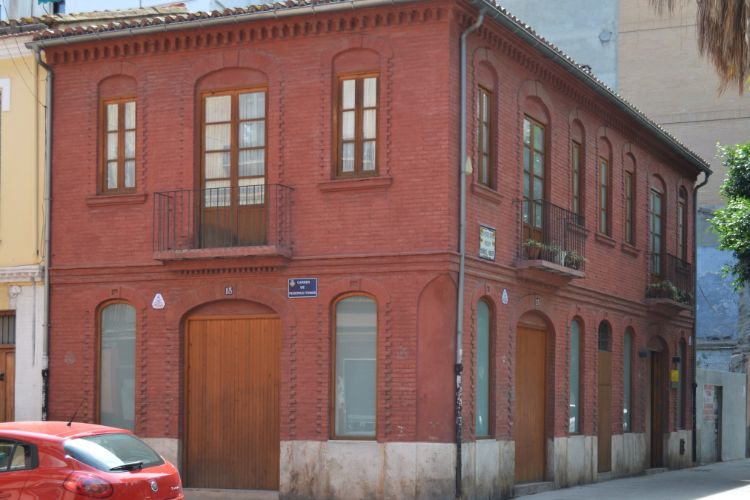
Concha Piquer Museum
ValenciaConcha Piquer Museum (Casa Museo Concha Piquer) is a museum in Valencia that is dedicated to the Spanish singer and actress Concha Piquer.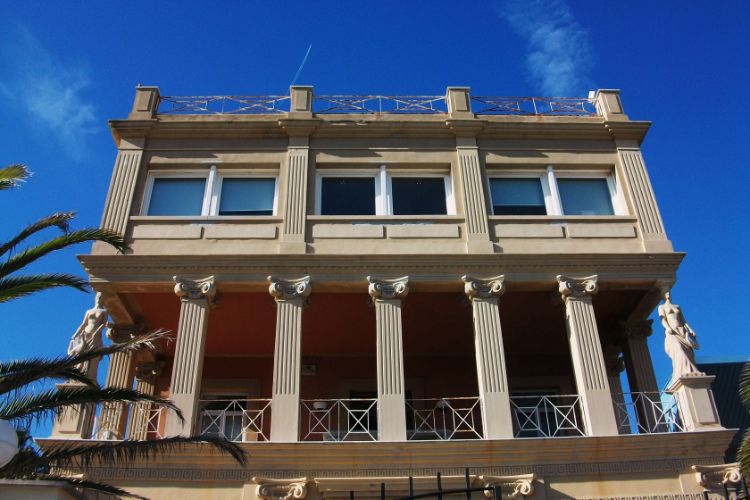
Blasco Ibanez Museum House
ValenciaCasa-Museo de Blasco Ibáñez (The Blasco Ibáñez House-Museum) is a historic house museum in Valencia that is housed in the home of the journalist, politician and best-selling Spanish novelist Vicente Blasco Ibáñez. The museum is dedicated to him and features objects related to him.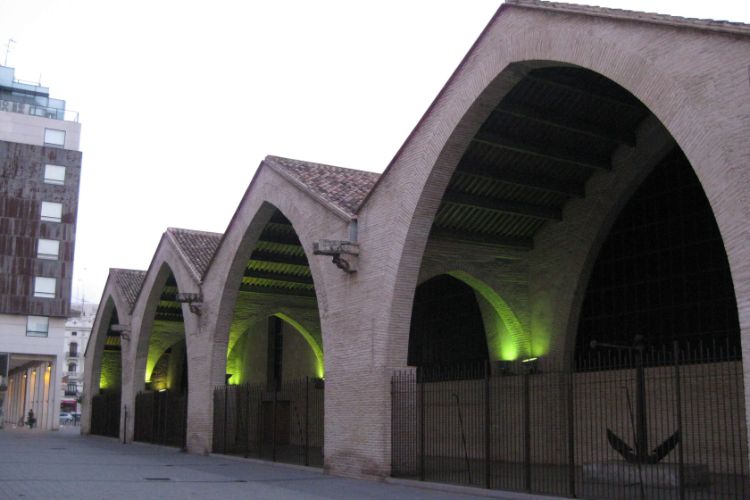
Reales Atarazanas
Valencia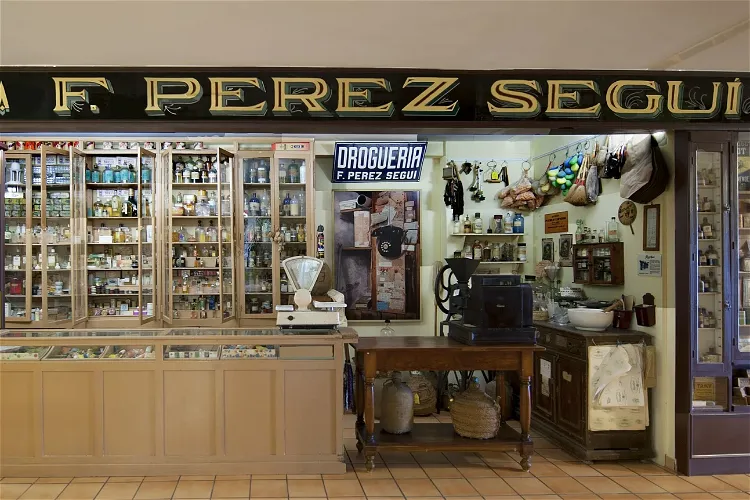
Puçol School Museum
Elche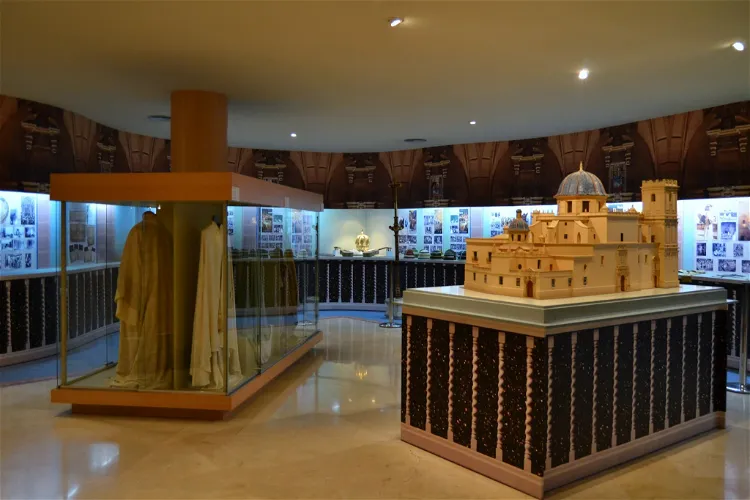
Museo de la Festa
ElcheThe Museo Municipal de la Festa in Elche, located in Alicante, Spain, was established with the aim of encapsulating the enchantment of the Festa and making it accessible to visitors all year round. This museum serves as a gateway to experience the unique cultural celebration, regardless of the time of your visit.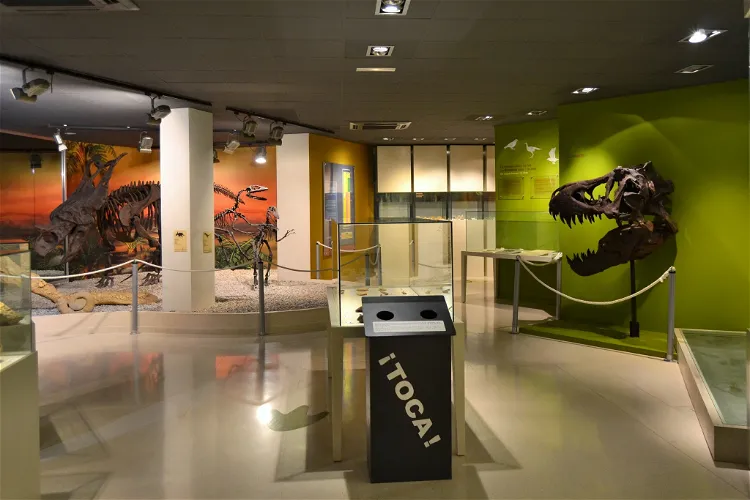
Museo Paleontológico de Elche
ElcheThe Paleontological Museum of Elche, located in Alicante, Spain, provides an insightful journey through the evolution of life on Earth. This journey is made possible through the exhibition of various findings from different archaeological sites. These exhibits offer a unique opportunity to understand the progression of life, from its earliest forms to the present day.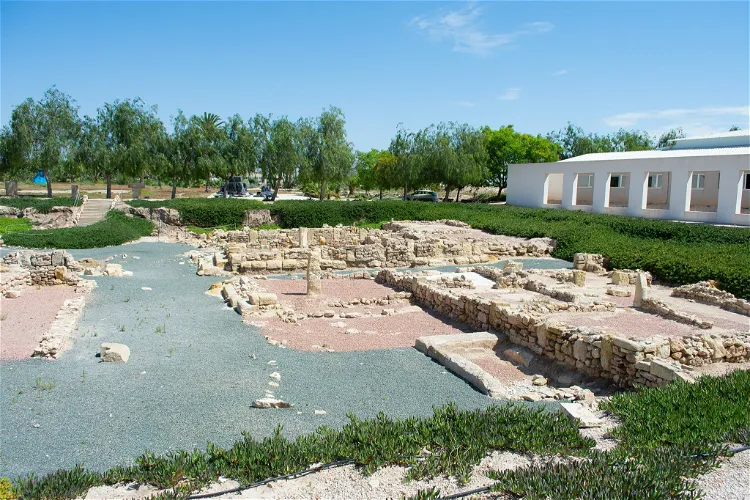
Centro de Interpretación de La Alcudia
Elche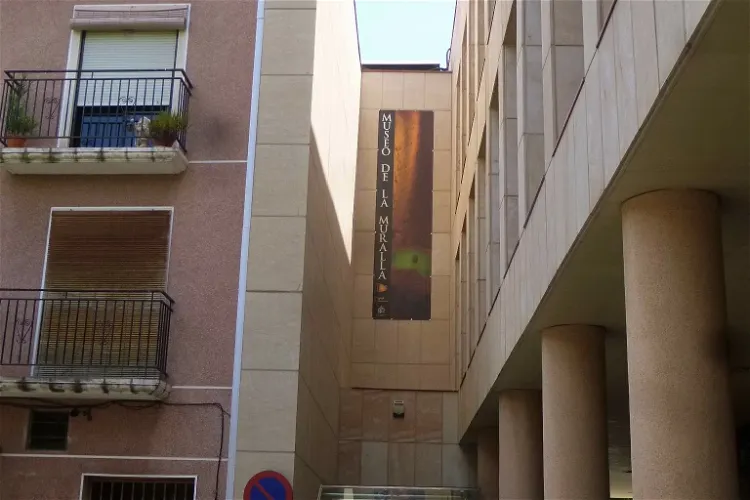
Wall Museum
OrihuelaThe Wall Museum of Orihuela is home to significant archaeological remains. These include Arab and Christian houses, a complete canvas of the Wall, and other fascinating constructions. One of these is a well-preserved Muslim bath located outside the walls. The bath has a reception room, cold room, temperate room, hot room, and a room where water was heated.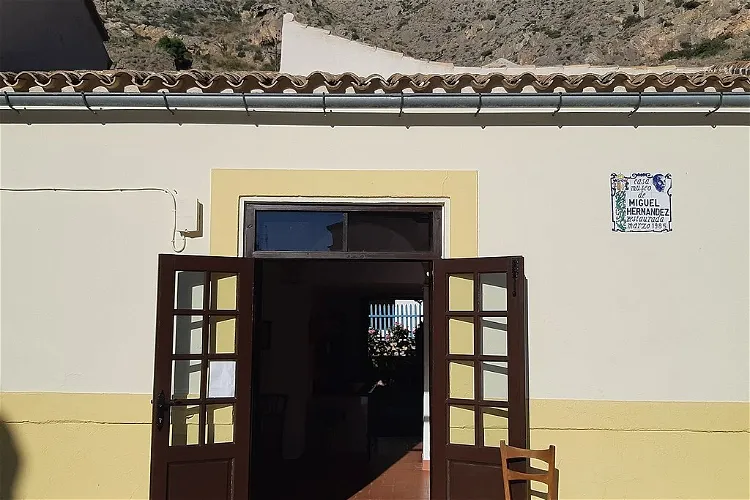
Miguel Hernández House-Museum
OrihuelaThe Miguel Hernández House-Museum in Orihuela, Spain, is open to the public from Tuesday to Saturday. The museum's hours are from 10 a.m. to 2 p.m. and again from 4 p.m. to 7 p.m. This schedule allows visitors to plan their visit during the most convenient times.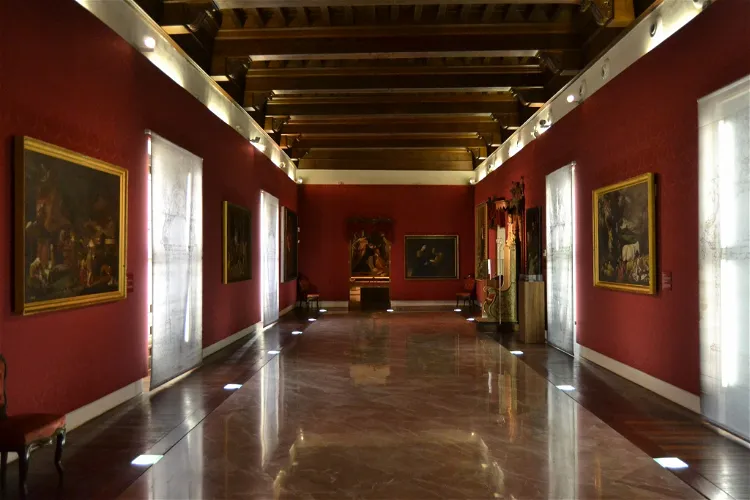
Diocesan Museum of Sacred Art of Orihuela
OrihuelaThe Diocesan Museum of Sacred Art is housed in the Episcopal Palace of Orihuela, a location that has been declared a Site of Cultural Interest. This historic building not only provides a fitting setting for the museum's collection, but is itself a significant part of the cultural heritage of Orihuela. Visitors to the museum will have the opportunity to explore this historic building as they view the museum's collection.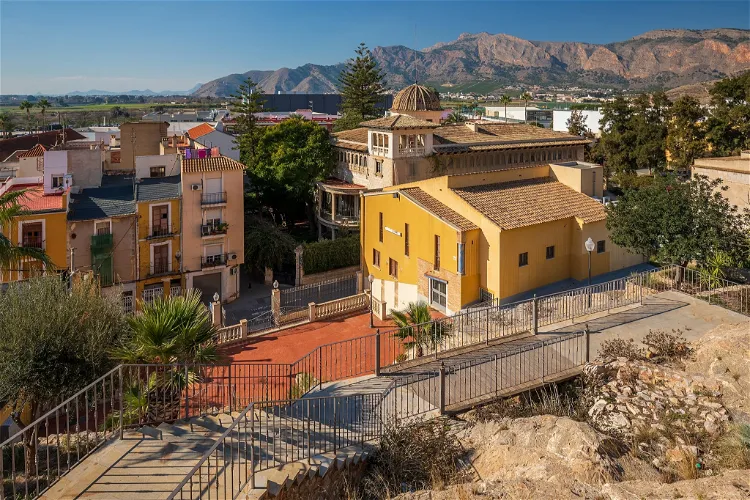
Museum of the Reconquest
OrihuelaThe Museum of the Reconquest Festivities is housed in two beautifully refurbished 19th-century buildings. These historic structures add a unique charm to the museum, making it not just a place to learn about the Reconquest festivities, but also a site to appreciate the architectural beauty of the 19th century.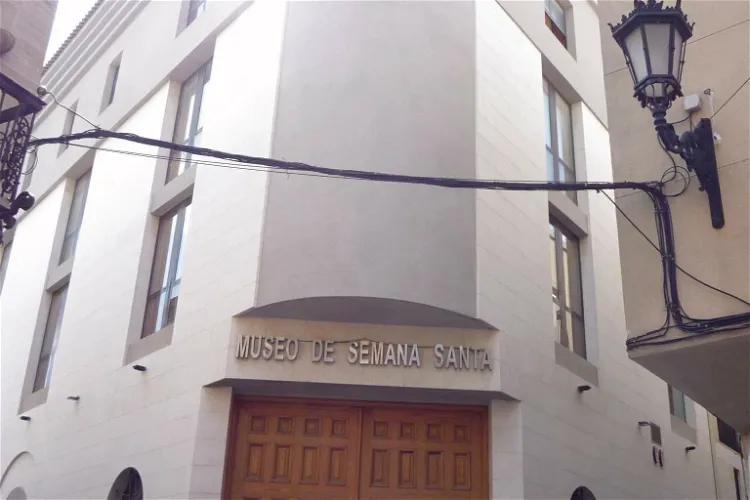
Holy Week Museum
OrihuelaThe Holy Week Museum of Orihuela is situated on the site of the Church of Our Lady of Mercy. This location is significant as it still retains its 16th century Renaissance facade, providing a historical backdrop to the museum's extensive collection of sacred art.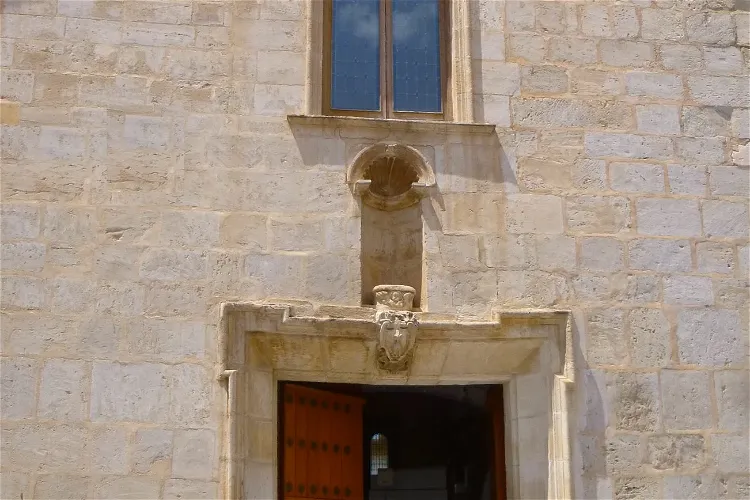
Regional Archaeological Museum of Orihuela
OrihuelaThe Regional Archaeological Museum of Orihuela is situated in the church and men's room of the former municipal hospital San Juan de Dios. This unique location adds a historical charm to the museum, making it an interesting place to visit for those interested in architecture and history.
Museum of History and Archaeology
Calpe
Municipal Archive
Denia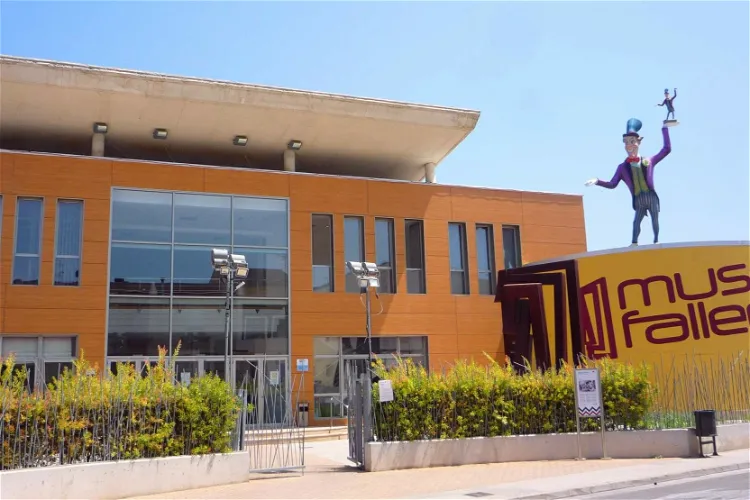
Faller Museum of Gandia
DeniaThe Faller Museum of Gandia, located in Valencia, is a unique institution dedicated to the interpretation of the Fallas festival. This museum provides an in-depth understanding of this traditional celebration, making it an interesting destination for tourists interested in local culture and traditions.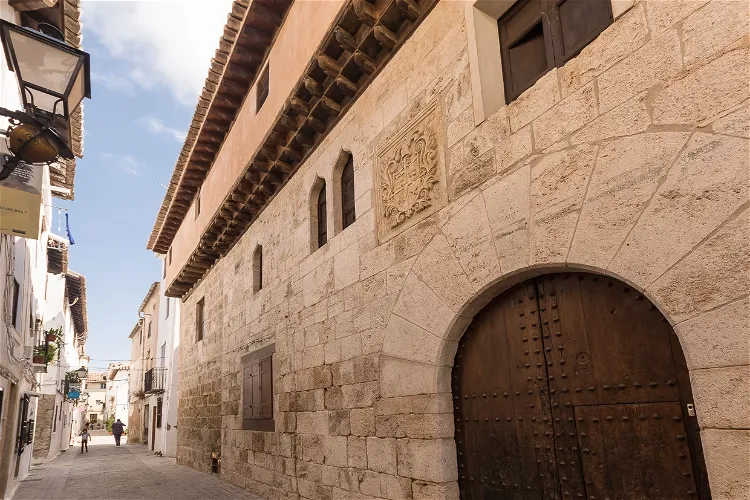
Requena Wine Museum
Requena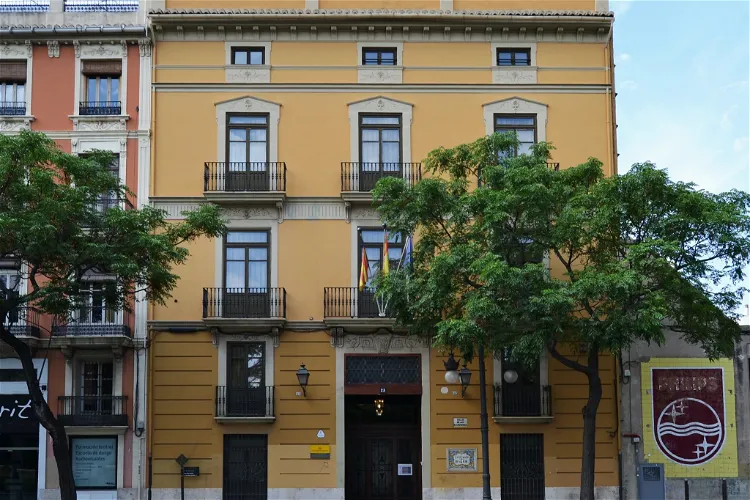
Benlliure House-Museum
CrevillentThe Benlliure House-Museum is a site of cultural interest, located at 23 Blanquerías Street, in the Carmen neighborhood of Valencia. This location is easily accessible and is situated in a vibrant part of the city, making it a convenient stop for tourists exploring Valencia.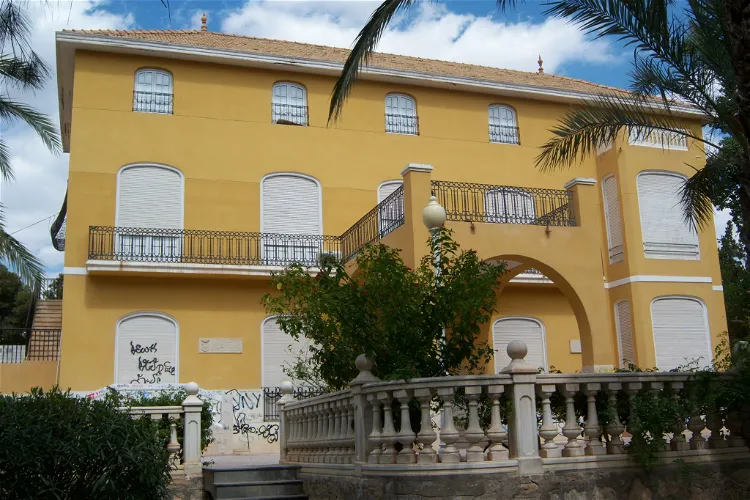
Archaeological Museum of Crevillent
CrevillentThe Archaeological Museum of Crevillent is housed in the Casa del Parque, a beautiful neoclassical building constructed in 1927 by the architect Juan Vidal Ramos. The building is located in the northeastern part of the urban area, next to the most important green area of the town, providing easy access and ample parking for large vehicles.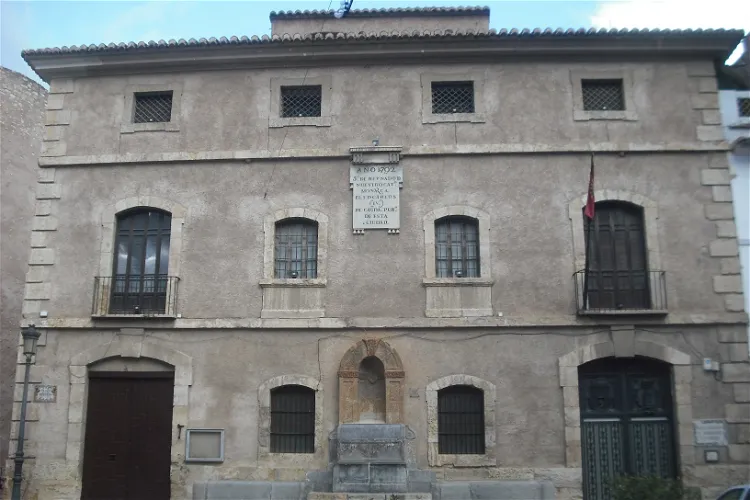
Segorbe Municipal Archaeological and Ethnological Museum
SegorbeThe Segorbe Archaeological and Ethnological Museum is housed in a neoclassical building that was erected in 1792. This building, known as the old Barracks House, is conveniently located in the Mesones square. It is in close proximity to the medieval aqueduct and the Botxí and Jail towers, making it a part of the rich historical landscape of Segorbe.
Olive Oil Museum
Segorbe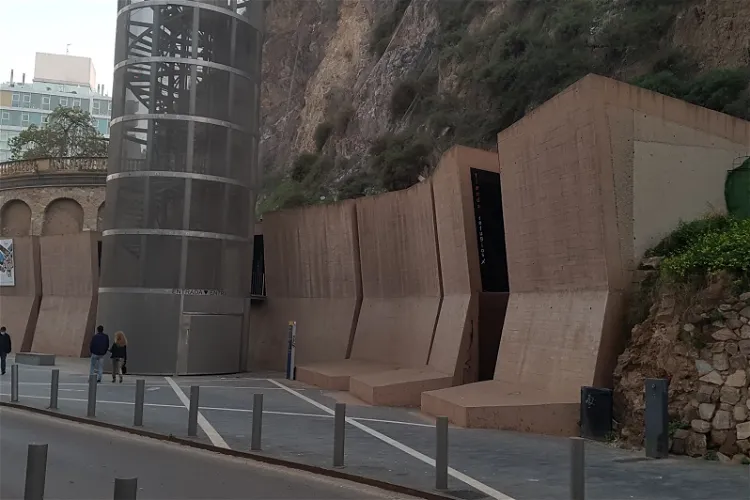
Refugio Museo de la Guerra Civil
Cullera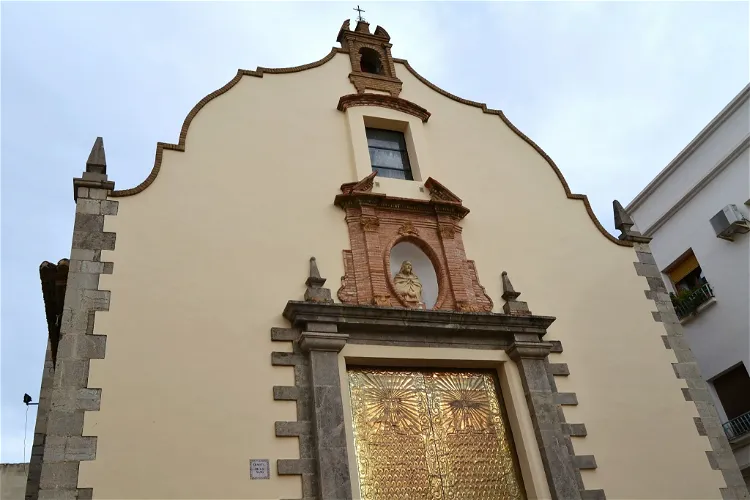
Ermita de la Sang
SaguntoThe Ermita de la Sangre, also known as the Ermita de la Purísima Sangre, is a significant historical site located in Sagunto, Spain. It is the largest hermitage in the entire municipality. This baroque-style building, constructed in the 17th century, offers a unique glimpse into the architectural and cultural history of the region.
Archaeological Museum of Sagunto
SaguntoThe Archaeological Museum of Sagunto is a repository of historical artifacts from the city of Sagunto and its surrounding region. These collections have been gathered through both casual findings and systematic archaeological excavations. The museum provides a unique opportunity for visitors to explore the rich history of Sagunto and the province of Valencia.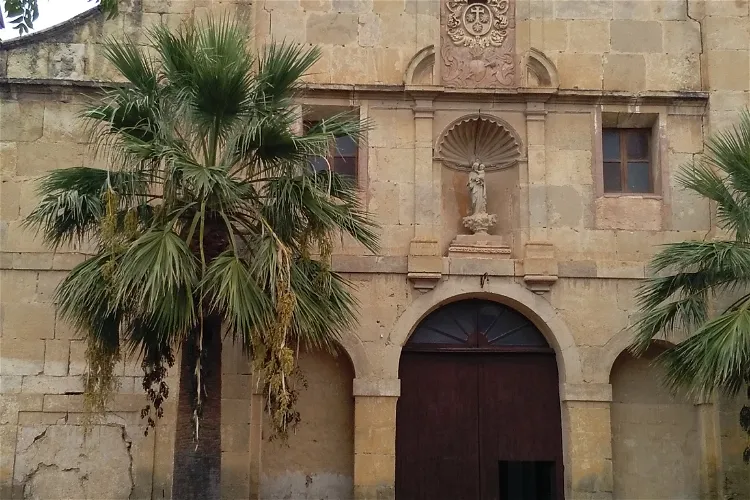
Casa de la Cultura Enguera
Enguera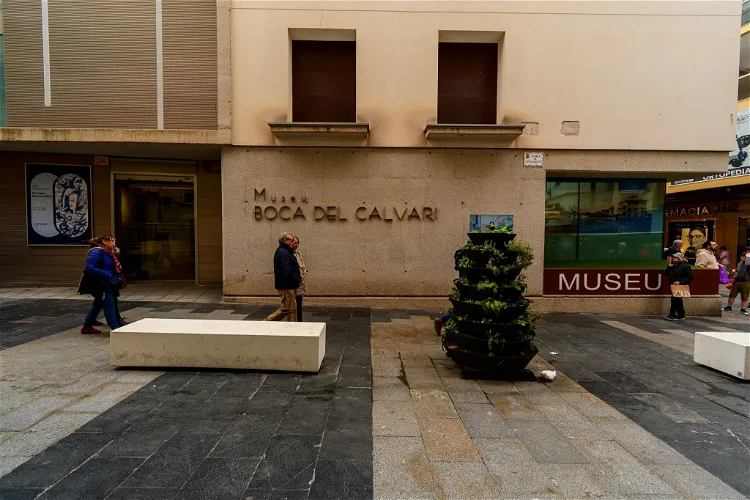
Boca del Calvari Museum
BenidormThe Boca del Calvari Museum, also known as Museu Boca del Calvari, is situated in the vibrant city of Benidorm, Spain. The museum is housed in a building that was once the old town hall, adding a touch of historical significance to its location. This unique setting provides a backdrop for the museum's exhibitions, which focus on contemporary art and history.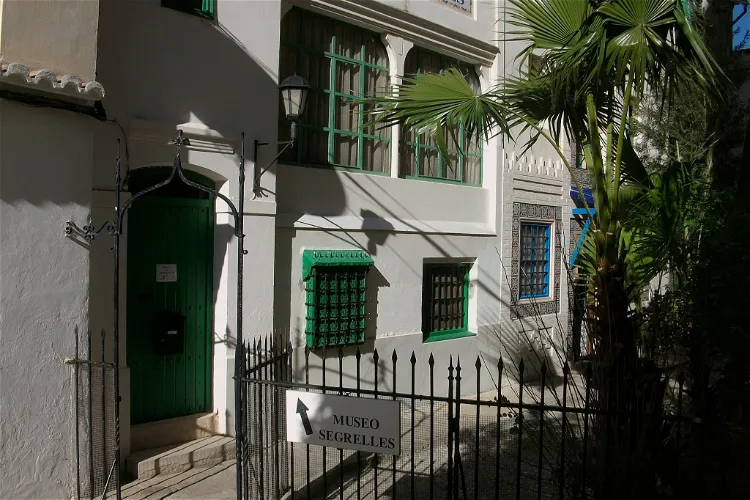
José Segrelles House-Museum
AlbaidaThe Segrelles Museum is a tribute to the life and work of the Valencian painter Josep Segrelles. It is situated in the city of Albaida, in the province of Valencia, Spain. The museum offers a unique opportunity to delve into the artistic journey of this renowned artist.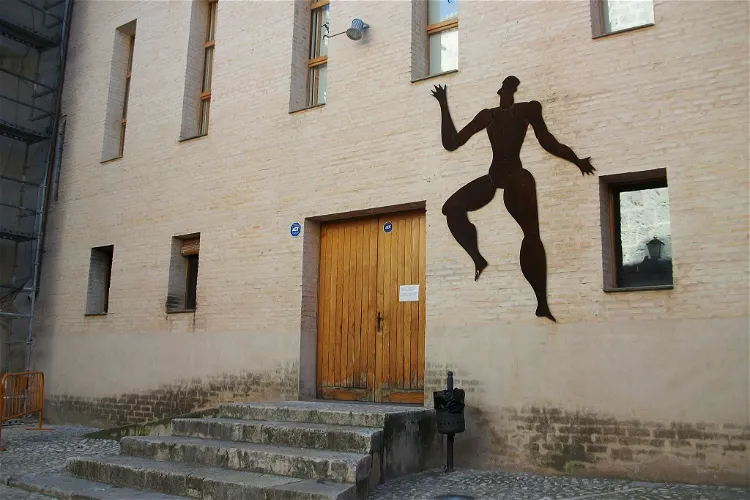
Albaida International Puppet Museum
AlbaidaThe Albaida International Puppet Museum, also known as MITA, is a municipal museum located in Albaida, Valencia, Spain. The museum is dedicated to the preservation, conservation, study, research, and communication of puppet art. It is a place where visitors can learn about the history and techniques of puppetry, and see a wide range of puppets from around the world.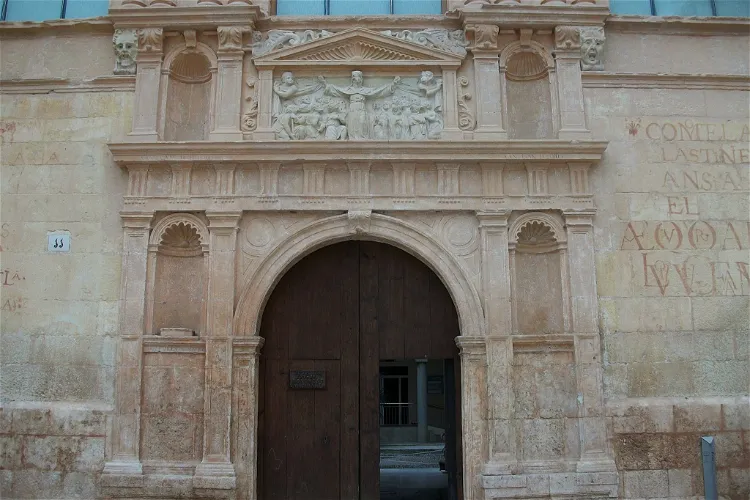
Royal Hospital
JátivaThe Municipal Hospital of Játiva has a rich history that dates back to the 13th century. It was founded by James I of Aragon in 1250, following the reconquest of the city. By the 15th century, the hospital had outgrown its capacity, leading to the need for expansion. This was achieved by acquiring neighboring houses, eventually occupying the entire block. The construction of a new hospital also began during this period, extending into the 16th century. This historical evolution of the hospital provides a fascinating insight into the city's past for tourists.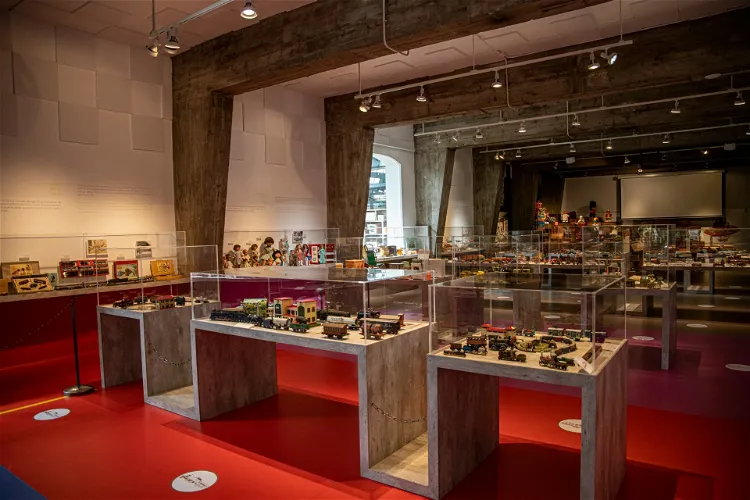
Valencian Toy Museum
IbiThe Valencian Toy Museum, also known as Museo Valenciano del Juguete, is situated in the city of Ibi, within the Province of Alicante in the Autonomous Region of Valencia. This museum is a significant cultural landmark that showcases the rich history of toy manufacturing in the region.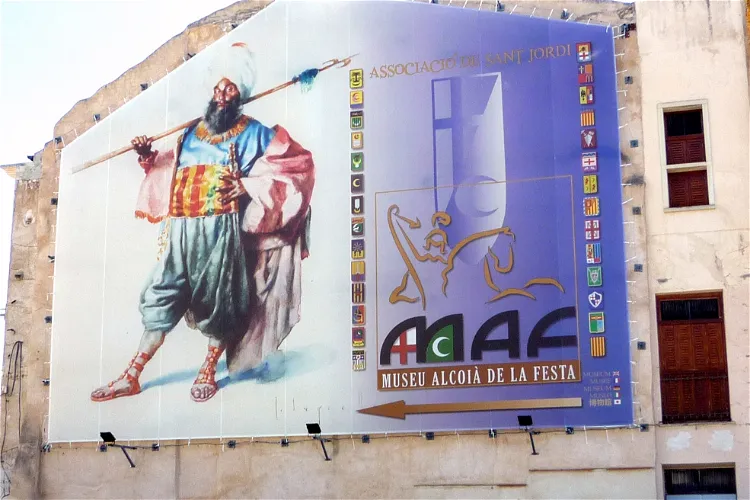
Festival Museum
Ibi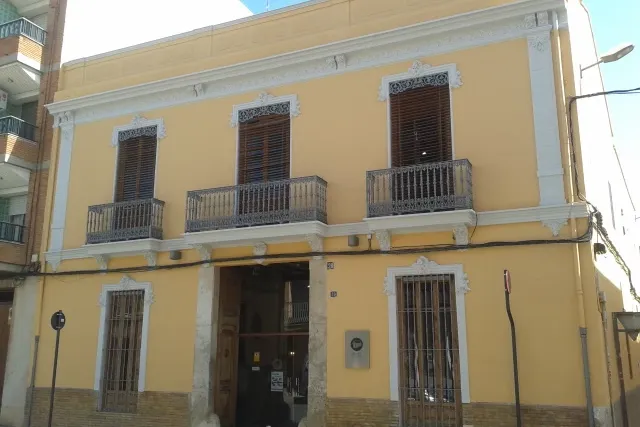
Regional Museum of L'Horta Sud
TorrenteThe Regional Museum of L'Horta Sud, also known as "José Ferris March", is situated in the city of Torrente, which is in the Province of Valencia, Spain. This museum is a hub for the conservation, dissemination, research, and exhibition of the traditional cultural heritage of the Huerta Sur region.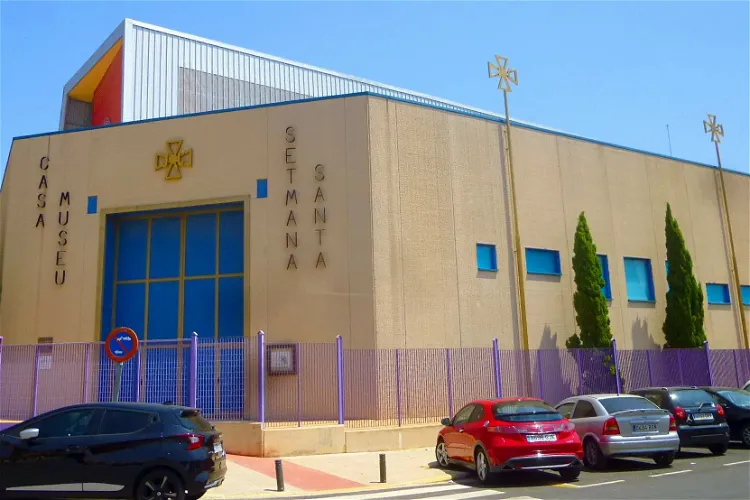
Museum House of Holy Week
Torrente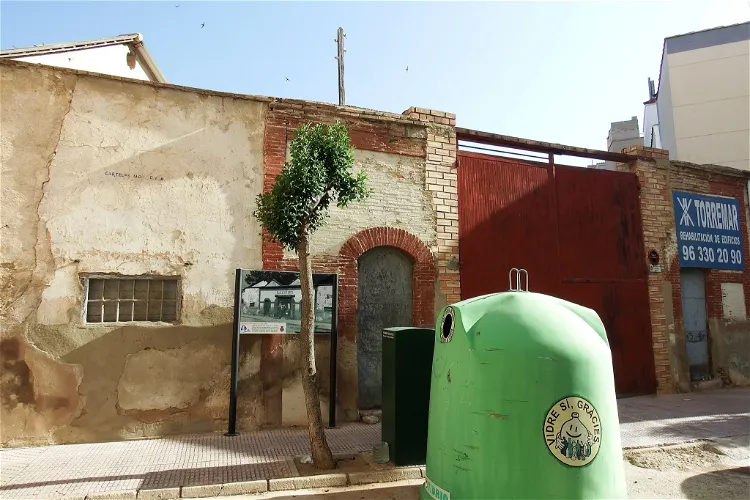
Plaza de Toros de Utiel
Utiel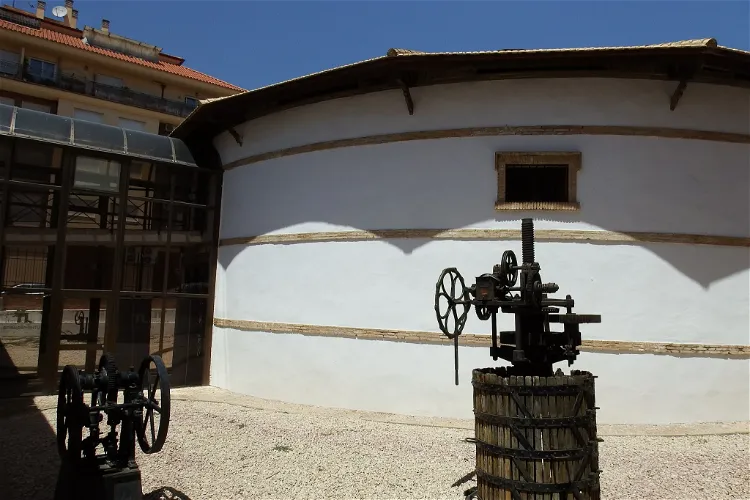
Wine Museum
Utiel
Municipal Archaeological and Paleontological Museum
RojalesThe Municipal Archaeological and Paleontological Museum in Rojales, established in 1981, serves as a significant institution for the preservation and promotion of the area's cultural heritage. It provides a unique opportunity for visitors to delve into the rich history and prehistoric past of the region.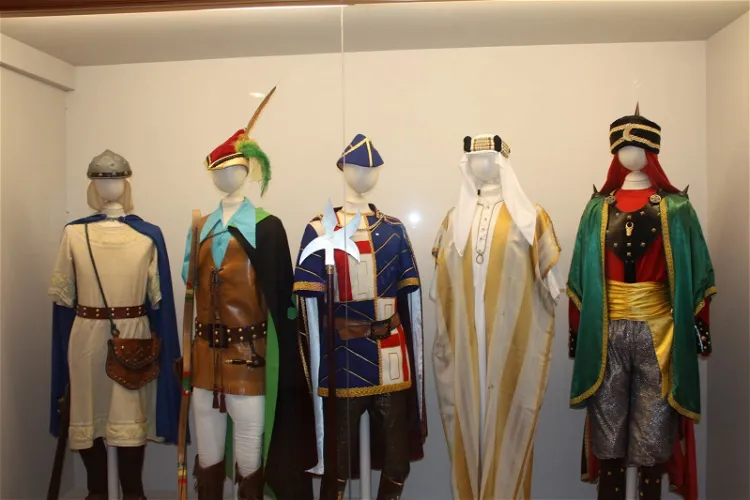
Museu Fester
Bañeres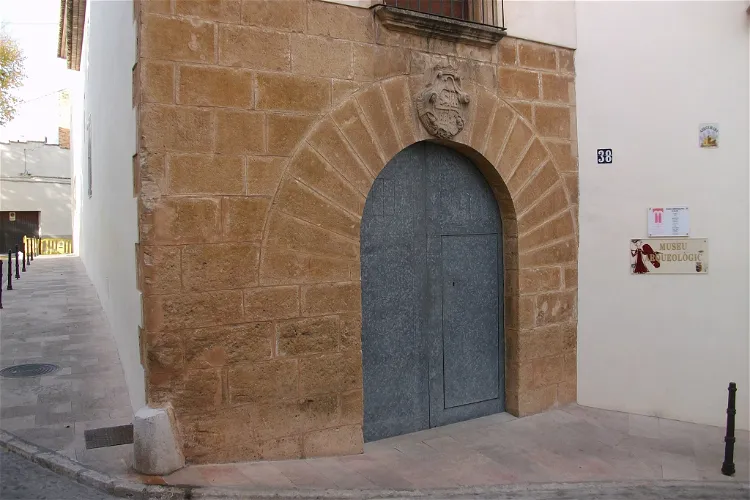
Oliva Archaeological Museum
Oliva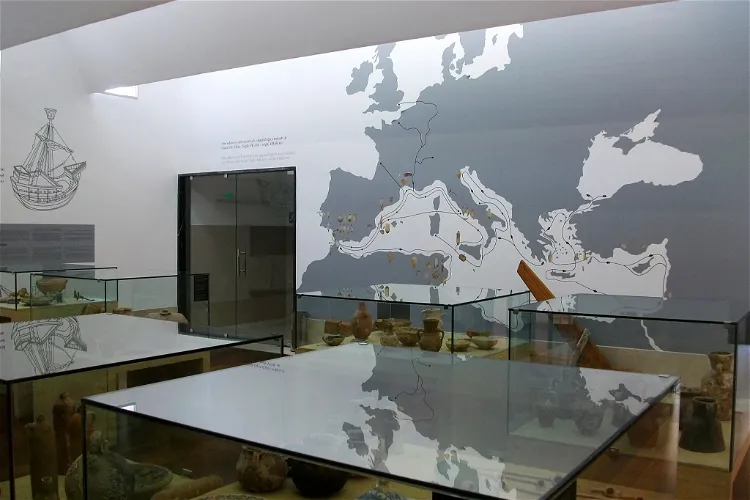
Soler Blasco Archaeological and Ethnographic Museum
JáveaThe Soler Blasco Archaeological and Ethnographic Museum, also known as the Soler Blasco Museum or the Xàbia Museum, is a municipal archaeological and ethnographic museum located in the Spanish municipality of Jávea. It is a significant cultural institution in the region, offering visitors a chance to explore the rich history and ethnography of the area.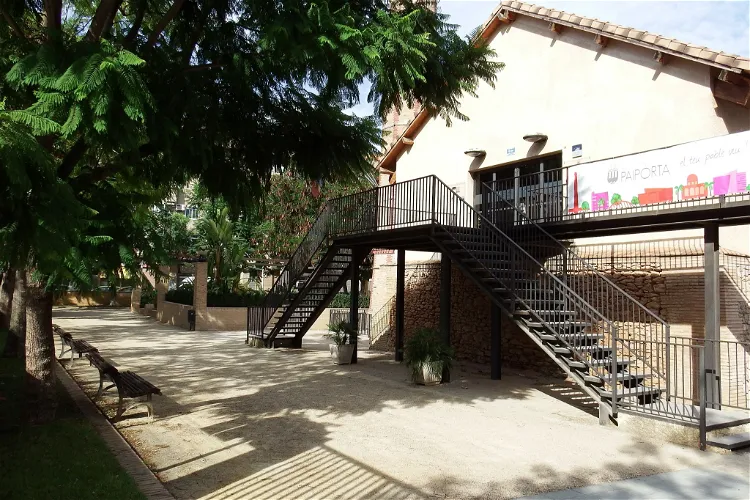
Museum of Rajoleria de Paiporta
PaiportaThe Museum of Rajoleria de Paiporta is an ethnological museum that is situated in an old brick factory known as Rajolar de Bauset. This unique location adds a historical and cultural depth to the museum, making it an interesting destination for tourists who are interested in the local culture and history.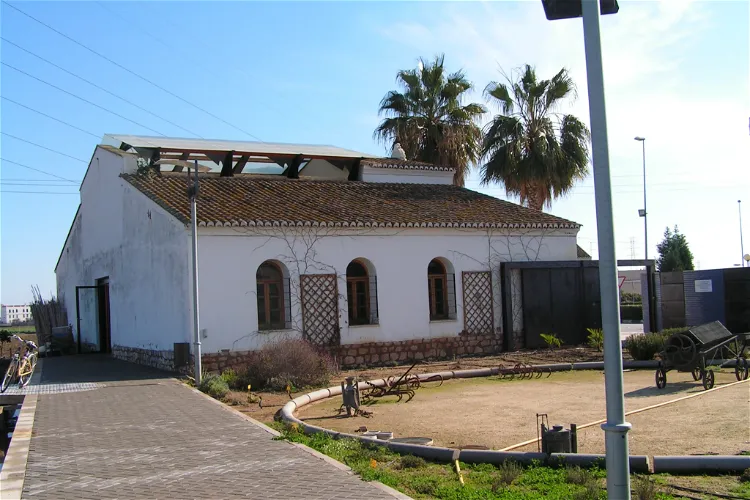
Museu de l'Horta
Almácera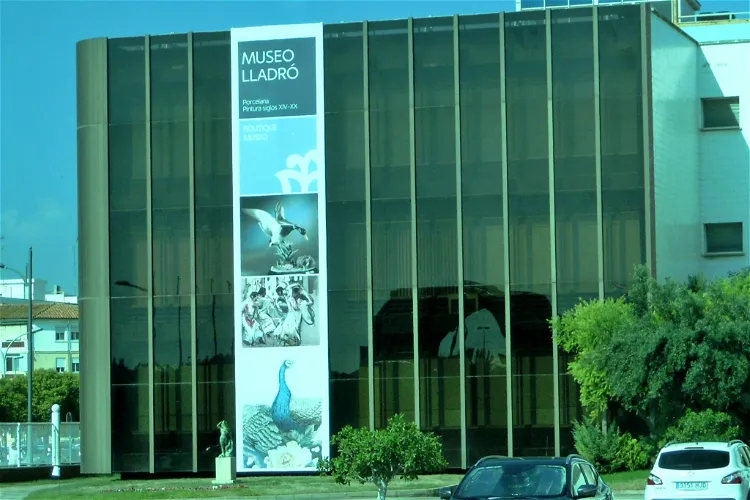
Lladró Museum
AlmáceraApart from showcasing the company's artistic collection, the Lladró Museum also provides an opportunity for visitors to tour the workshops of the City of Porcelain. Here, tourists can learn about the creation process of the porcelain pieces directly from the artisans who craft them.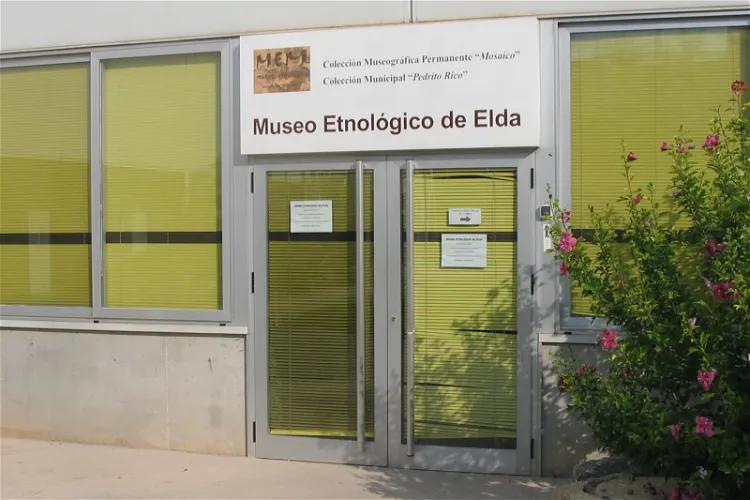
Museo Etnologico Elda
Elda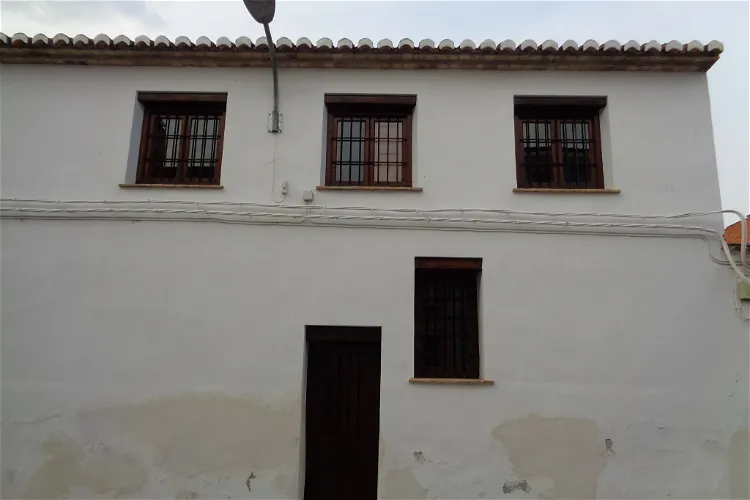
Museo Etnológico La Casa Gran
Puebla de Vallbona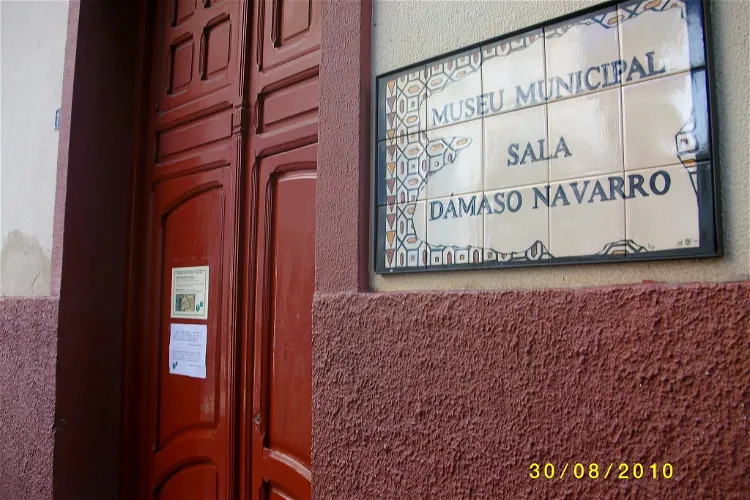
Museum Damaso Navarro
PetrerThe Dámaso Navarro Archaeological and Ethnological Museum is situated in the Spanish municipality of Petrer, Alicante. This location makes it easily accessible for tourists visiting the region. The museum offers a unique opportunity to explore the rich history and culture of the area.
Almazara del Conde
Sot de CheraLa Almazara del Conde is a unique thematic museum located in the picturesque town of Sot de Chera in Valencia, Spain. The museum offers visitors an opportunity to observe the different stages of traditional oil production. This includes the use of traditional machinery and tools from the early 20th century, providing a glimpse into the rich history and culture of oil production in the region.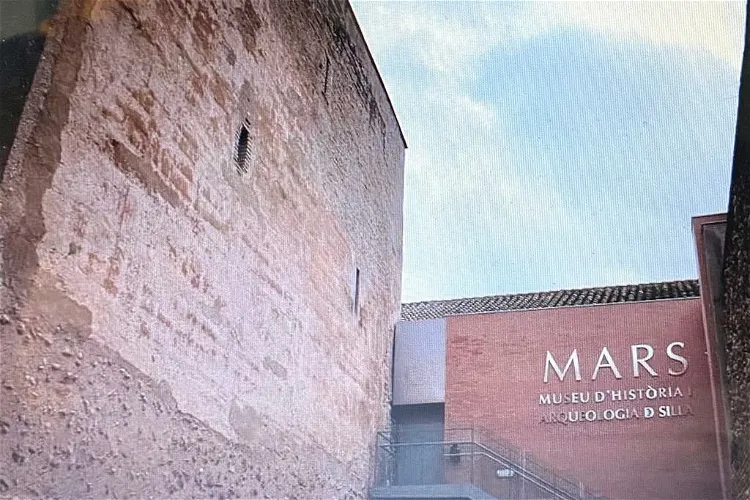
Museo de Historia y Arqueología de Silla
Silla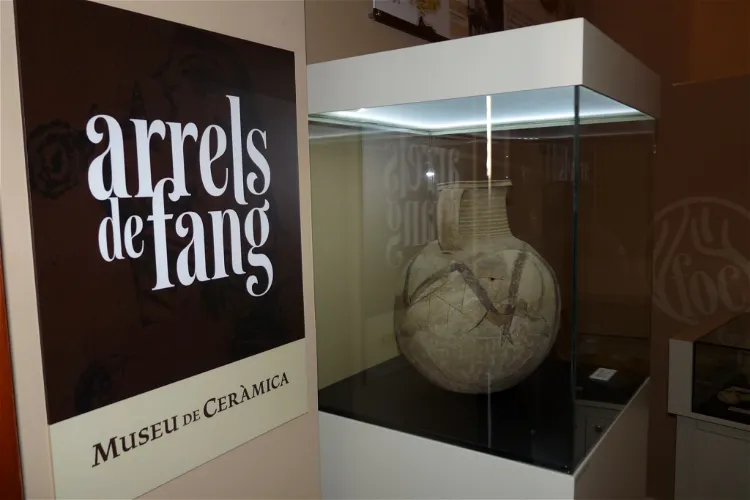
Museo Arqueológico de Benetúser
Benetúser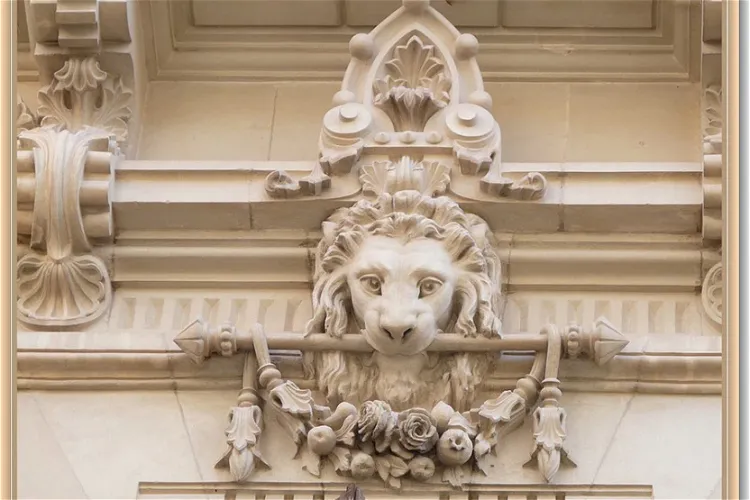
Modernist House Museum
NoveldaThe Modernist House Museum of Novelda is situated at 24 Major Street in Novelda, a city in the province of Alicante, within the Valencian Community of Spain. This location is easily accessible and provides a great starting point for exploring the city's rich history and culture.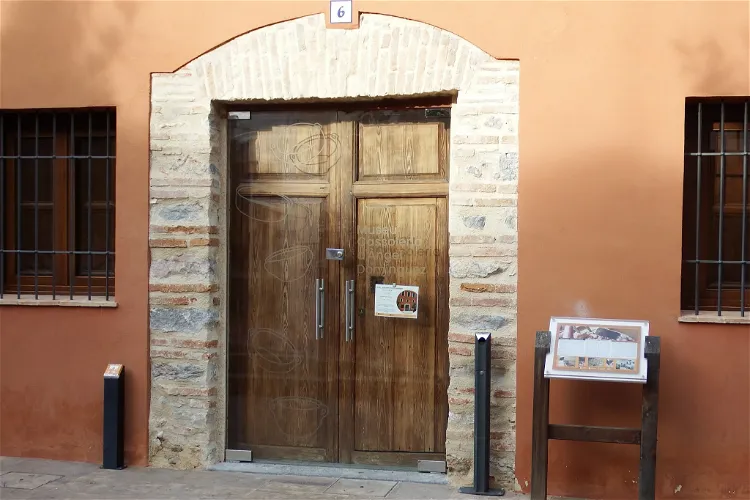
Museu Cassoleria d'Angel Dominguez
PotríesThe Museu Cassoleria d’Àngel Domínguez has also achieved the Q certification. This certification is granted by the Institute for Spanish Tourist Quality (ICTE), indicating that the museum meets high standards of quality in terms of services and facilities. This ensures a satisfactory visit for tourists.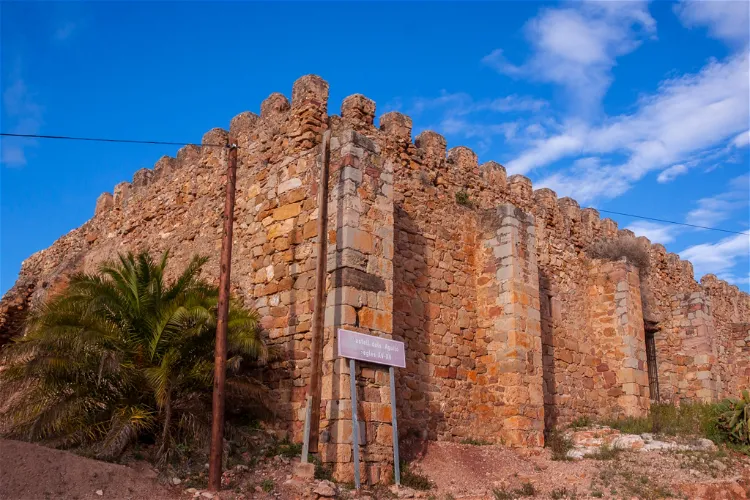
Petrés Castle
PetrésPetrés Castle, also known as the Baron of Petrés' house-castle, is a historical fortress located in the charming town of Petrés, in the province of Valencia, Spain. This castle is a significant part of the region's history and offers a unique glimpse into the past. Visitors can explore the castle's grounds and appreciate its architectural features, while also enjoying the stunning views of the surrounding landscape.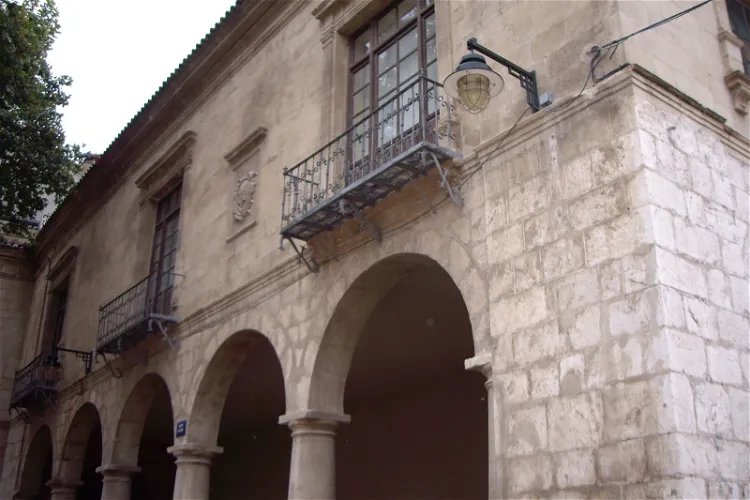
Archaeological Museum Camil Visedo
Alcoy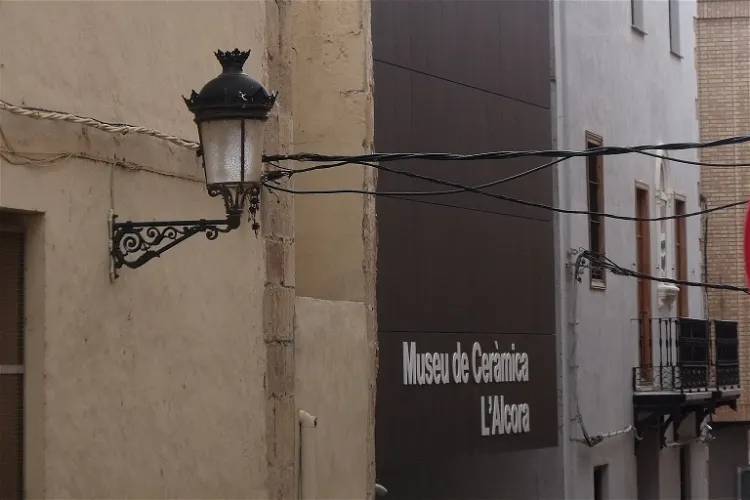
Ceramic Museum of l'Alcora
AlcoraThe Ceramic Museum of Alcora, or Museu de Ceràmica de l'Alcora as it is officially known, is a museum situated in the Spanish town of Alcora, which is part of the Valencian Community. This museum is a significant cultural landmark in the region, offering visitors a chance to explore the rich history and tradition of ceramics in the area.
Museu de la Ciutat Casa de Polo
VillarrealThe Museu de la Ciutat, located in Villarreal, Spain, was officially opened to the public on May 17, 1994. It is housed in the Casa de Polo, a farmhouse that was constructed in the 19th century by José Polo de Bernabé y Borrás. This historical building adds a unique charm to the museum, making it an interesting destination for tourists who appreciate architecture and history.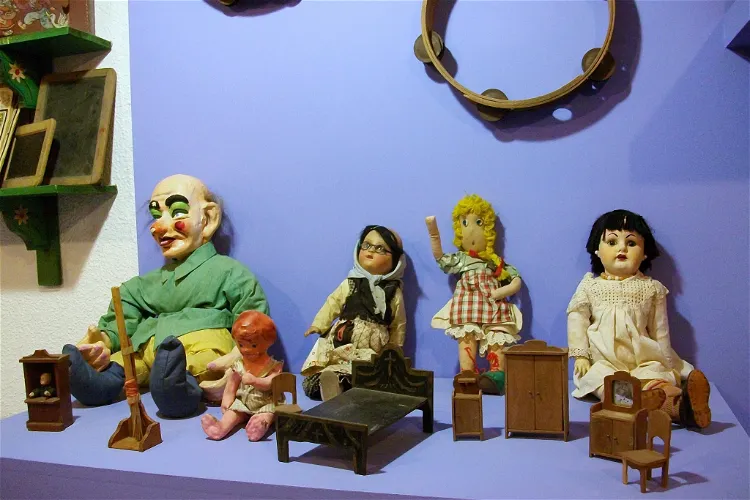
Ethnological Museum
Castelló de la PlanaThe Ethnological Museum of Castellón, also known as Museu d'Etnologia de Castelló in Valencian, is a significant cultural institution in the city of Castellón de la Plana. It is managed by the City Council of Castellón de la Plana and is situated in the heart of the city. The museum offers a deep dive into the ethnological aspects of the region, making it a fascinating destination for those interested in cultural exploration.- 114
Vilamuseum
VillajoyosaVilamuseu, the Municipal Museum of Villajoyosa, is situated in the former Public School Álvaro Esquerdo. The building, which is of an eclectic style, has had its facade preserved, adding a touch of historical charm to the museum. This location is not only home to the museum but also serves as the headquarters for the municipal network of museums and monuments in Villajoyosa. - 115
Museo De Las Hogueras
AlicanteMuseo de Hogueras is a museum in Alicante that is dedicated to the history of Alicante's most famous Festival: the Hogueras de San Juan. It exhibits its collection of objects related to the festival. - 116
Turrón Museum
Jijona - 117
Nativity Scene Museum
Alicante - 118
Casa Museo Gabriel Miró
Chirles - 119
Museo Catedralicio Diocesano
Valencia - 120
Centro de Interpretacion Sobre Los Refugios Antiaereos
Alicante - 121
El Museo del Agua
AlicanteEl Museo del Agua (The Water Museum) is a museum in Alicante that is dedicated to water, including the history and influence of water for the city of Alicante, the different methods of extraction, and the development of drinking water from the 19th century as well as new technologies such as quality - 122
Torre de la Regenta
BurrianaLa Masía Fortificada Torre de la Regenta, located in Alquerías del Niño Perdido, in the region of Plana Baja, Castellón, is a complex of fortified agricultural buildings with a residential character. The highlight of this complex is the defensive and surveillance tower. This tower is a significant part of the complex and provides a glimpse into the historical military architecture of the region. - 123
Almazara del tío José María
Orihuela - 124
Medieval Historical Museum
GuadalestThe Museum of Torture Instruments, known as El Museo de Instrumentos de Tortura, is situated in the picturesque town of Guadalest in the Province of Alicante, Spain. This location offers visitors a unique opportunity to delve into the darker side of history, all while enjoying the beautiful surroundings of this Spanish town. - 125
Ethnological Museum
Guadalest - 126
Calp Collectibles Museum
Calpe - 127
Exposición Permanente de Belenes y Dioramas
Albaida - 128
Museo de la Huerta
Rojales - 129
Ethnographic Museum Oliva
Oliva - 130
Valencian Textil Museum
OntenienteThe Valencian Textile Museum, inaugurated in December 2022, is situated in the former Manuel Revert textile factory. The museum's location, next to the Clariano river in the city of Onteniente, adds to its historical charm and significance. - 131
Museu Etnològic El Molí d'Arròs
Almenara - 132
Casa Guarner
Benifairó de los Valles - 133
Museo Arqueológico
Callosa de SeguraThe Museo de Historia de la Ciudad en Callosa de Segura, located in the province of Alicante, Spain, is housed in a historic building that was once the municipal slaughterhouse, constructed in 1929. This unique location adds a layer of historical significance to the museum, making it an interesting destination for those interested in architecture and history. - 134
History Museum of Aspe
Aspe - 135
Museo Almirez
Cuevas de Vinromá - 136
Parroquia San Miguel de Redován
Redován - 137
Bodegas Carmelitano Museum
BenicasimThe Bodegas Carmelitano Museum is situated in the charming town of Benicasim, Spain. The museum is housed in a building that dates back to 1912, which beautifully combines the architectural styles of a wealthy farmhouse and a bourgeois country manor. This unique blend of styles not only adds to the aesthetic appeal of the museum but also reflects the symbiosis between fieldwork and artisanal production that the museum embodies. - 138
Museo Etnológico
Tárbena - 139
Alcoy-Gandia Railway Museum
AlmoinesThe Alcoy-Gandia Railway, also known as la chicharra in Spanish or xitxarra in Valencian, was a significant Spanish railway line that operated from 1892 to 1969. This historical railway line is an important part of the region's history and offers a glimpse into the past for those interested in railway history. - 140
Museo de la Seda
Moncada - 141
Ethnological Museum of La Vall d'Ebo
Vall de Ebo - 142
Manolo Safont Tile Museum
OndaThe Manolo Safont Tile Museum is a significant cultural institution located in the town of Onda, in the Province of Castellón, Spain. The museum was inaugurated in 2004, replacing the former Ceramic Museum that had been in existence since 1968. It is a place where visitors can immerse themselves in the rich history and artistry of architectural ceramics. - 143
Museo de la Piedra en Seco
Villafranca del Cid - 144
Casa de l'Oli
Villarreal